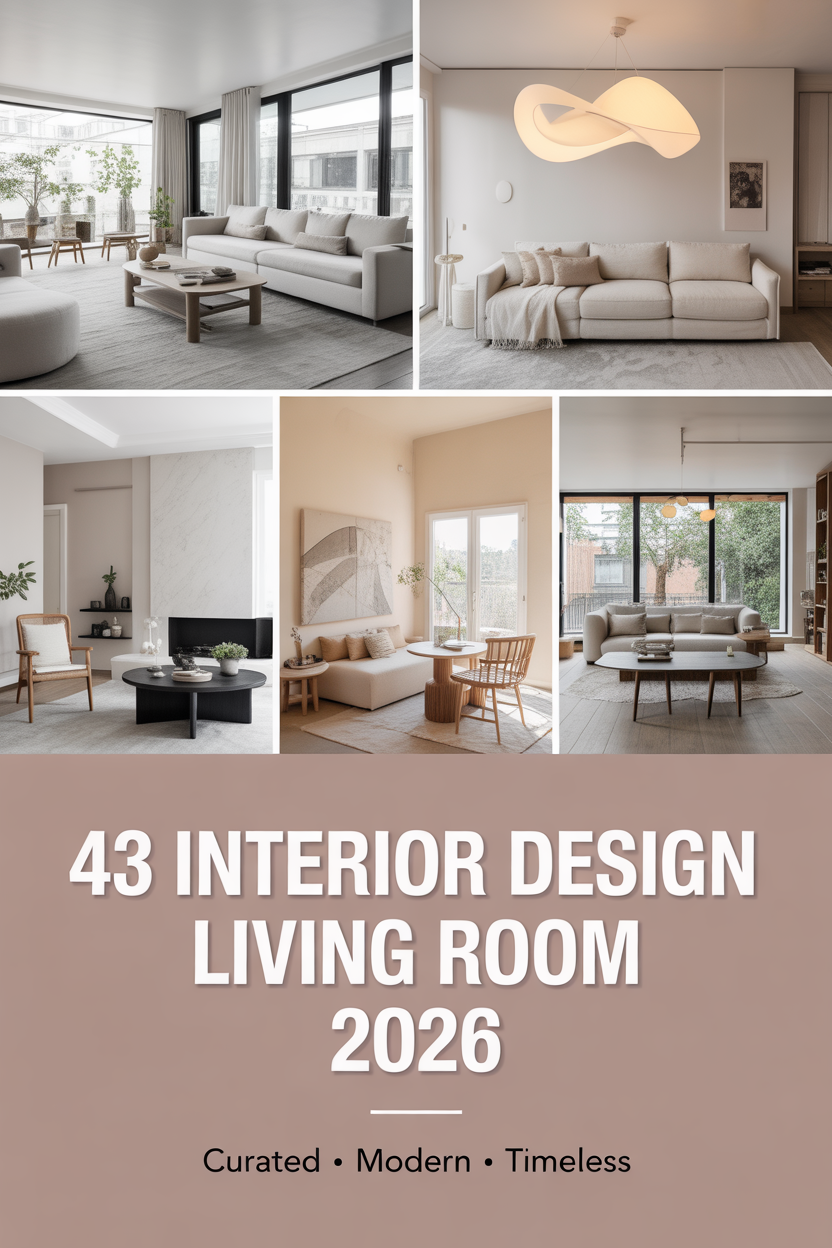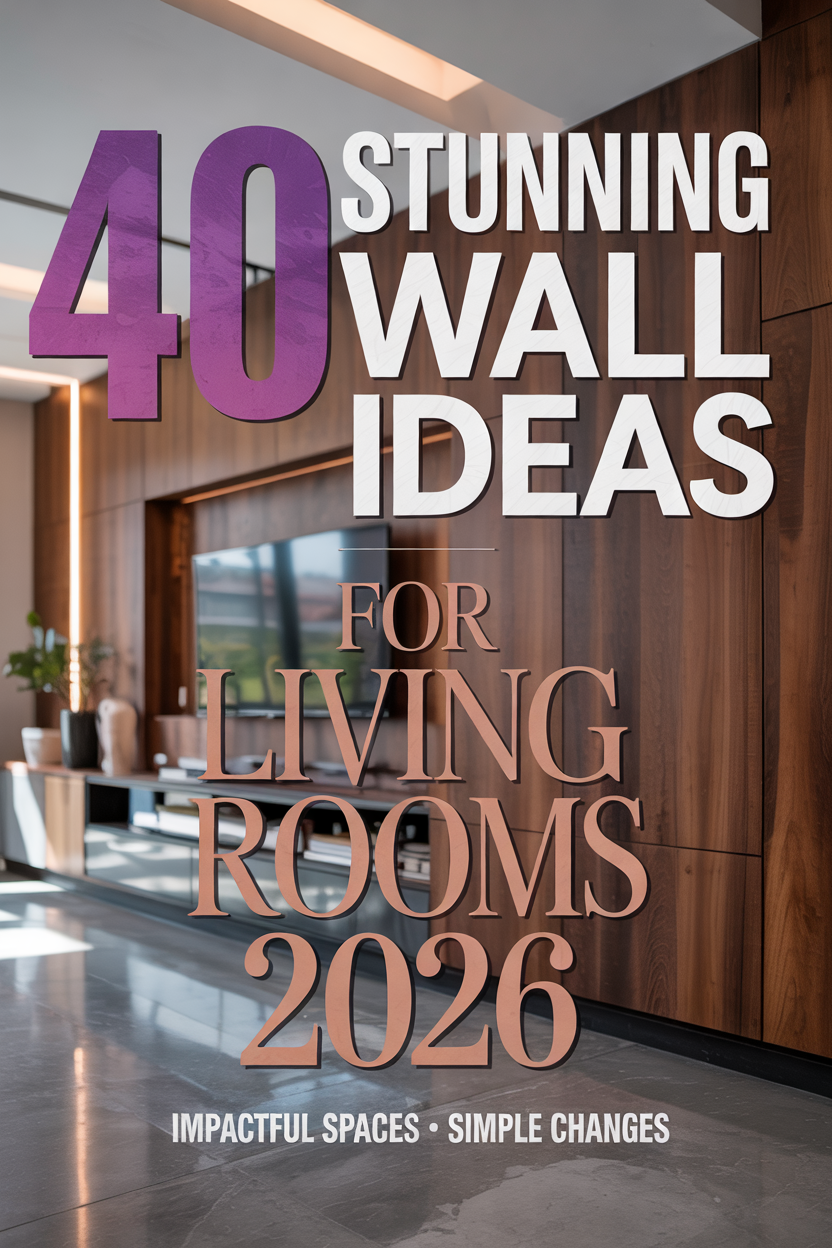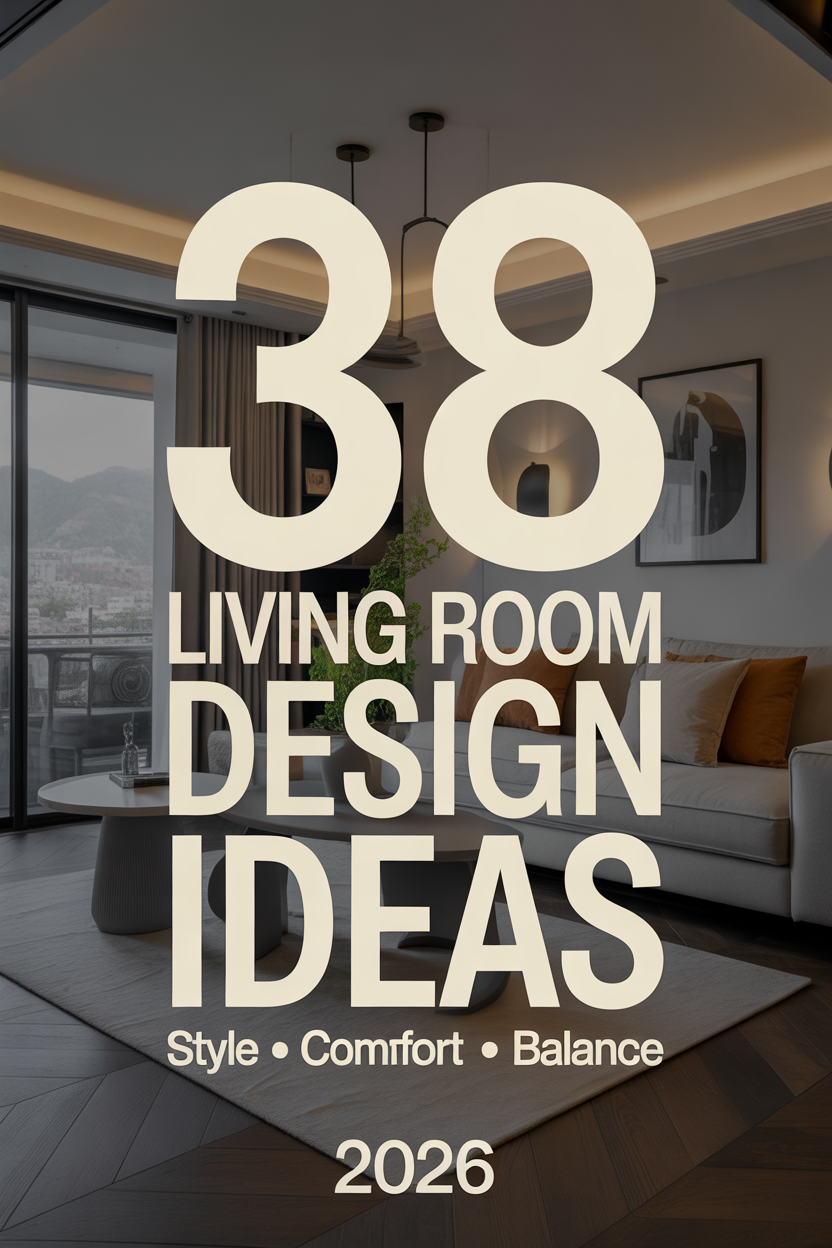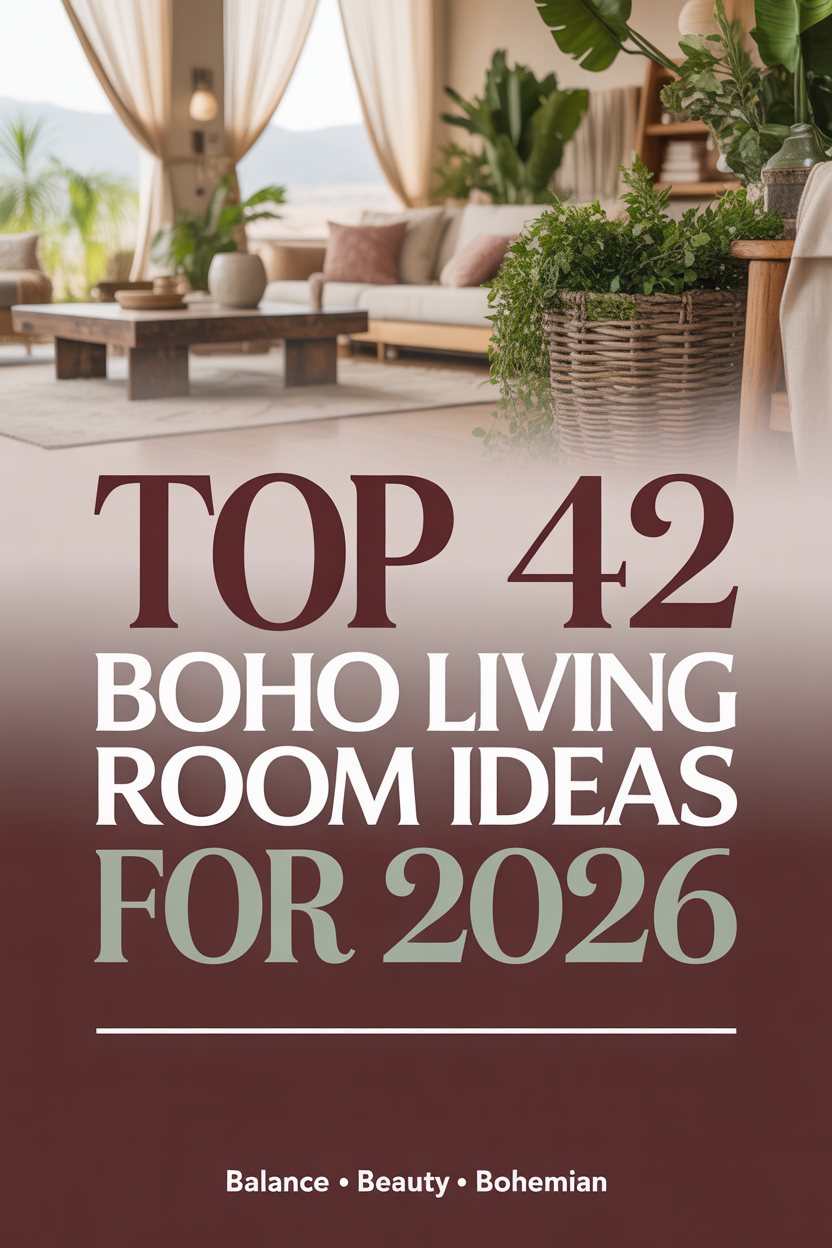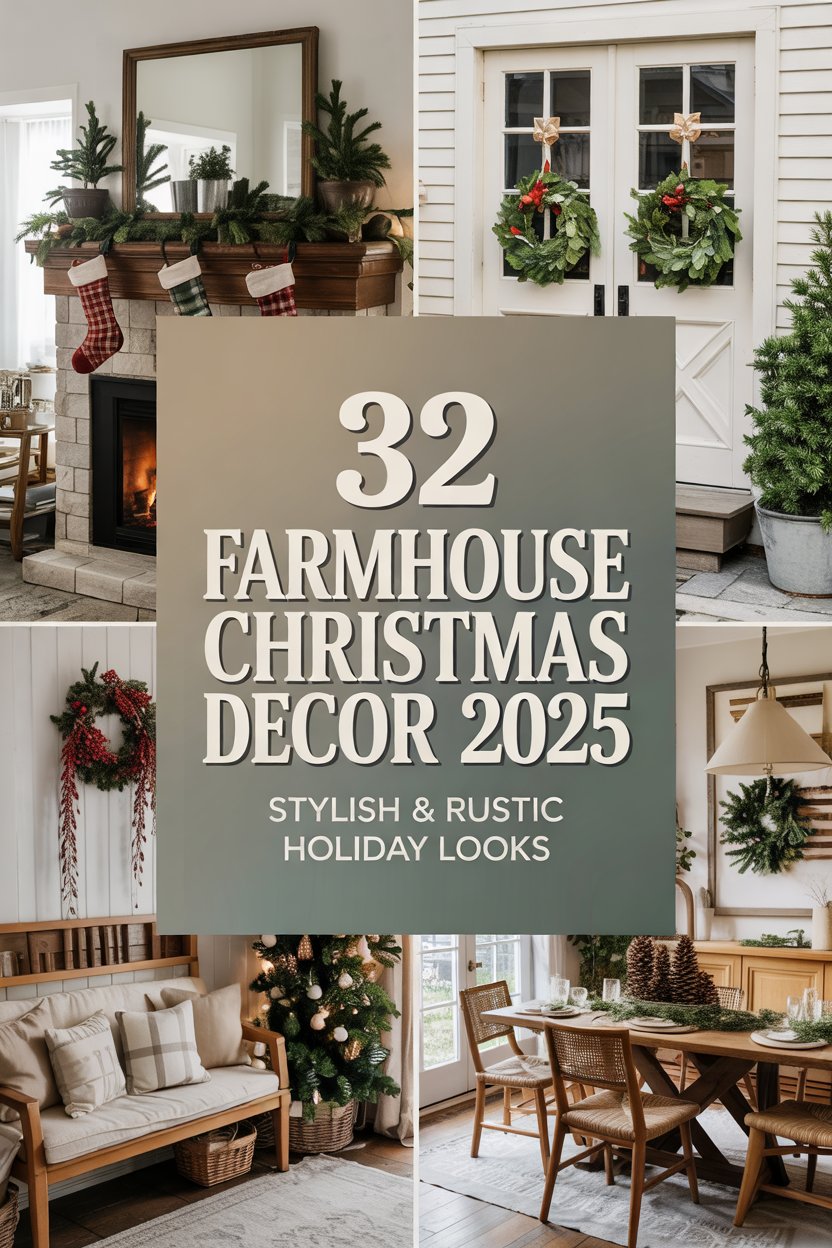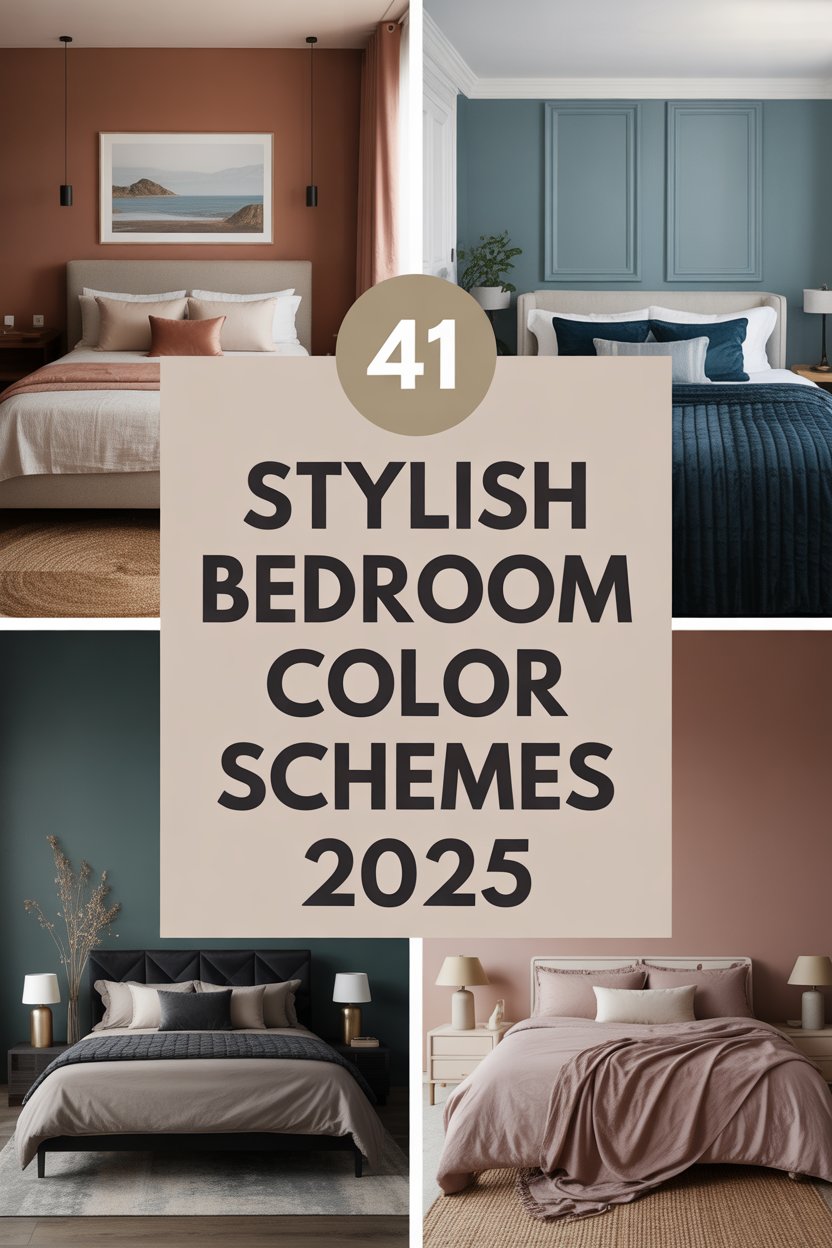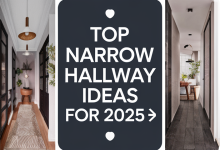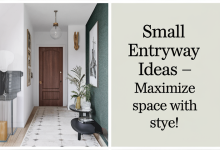Minimalist Living Room 2026: 45 Modern Design Ideas and Apartment Decor Inspiration for Small Tiny Homes with Dining Area
Minimalist living spaces have long attracted those seeking clarity, calm, and functional beauty, but new trends are rising to meet the year 2026. With the rise of interest in apartment decor, tiny homes, and small spaces that must convert for multiple uses (such as dining in the living room), design approaches have become invaluable. Here we shall discuss 25 unique design ideas for a minimalist living room in 2026, from neutral and earthy schemes to colorful, dark, moody, Modern, Boho, Japanese, Mid-century, Contemporary, and Cozy atmospheres. I intend to weave my small-space perspective together with references from Marie Kondo, Studio McGee, and Apartment Therapy as guiding lights. Let us delve into the future of minimalism.
Minimalist Monochrome Foundation
Employ a starkly neutral palette: whites, greys, soft beiges-for your minimalist living room. This Modern foundation acts as a serene backdrop where form takes precedence over clutter. Keeping the color palette down in small or tiny homes helps the illusion of space. Furniture with clean lines and few-scattered accessories will keep this serenity. One way to spice things up with inspiration is either Japanese aims of minimalism or Scandinavian interiors.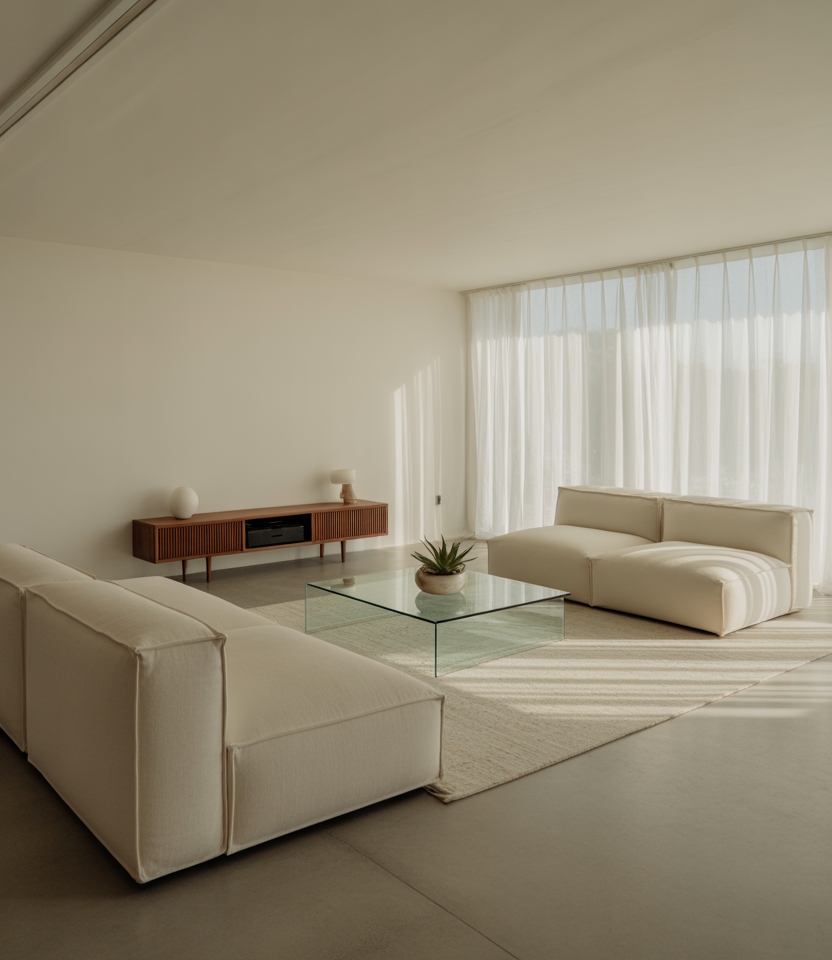

Warm Earthy Accents
Layer the neutral para with soft muted shades of terracotta, sage, ochre, or sand to conjure warmth and a kinship with nature. Apply in small accent elements such as textiles, a lone accent chair, or woven baskets, ensuring still keeping the space tidy but alive. These touches are terrific in multifunctional apartments, more so if a dining area is adjacent. They create a nice visual tie between spaces.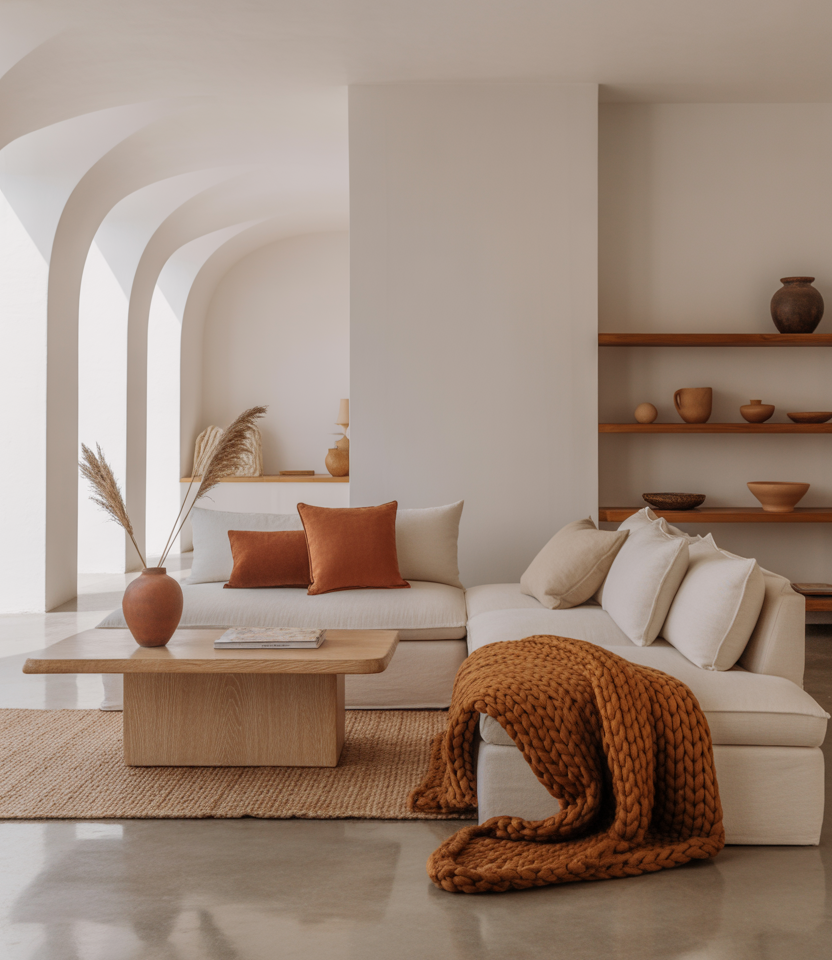

Dark & Moody Minimalism
Turn darker: the dark moody tones of charcoal, deep green, or navy can beautifully carry minimalism if balanced with light, whether that be light in color as one accent wall or in the opposite for a bit of upholstery with white trims or very pale-colored flooring. This fits with a modern loft setup or a bigger open area being converted into a combined living and dining-type area.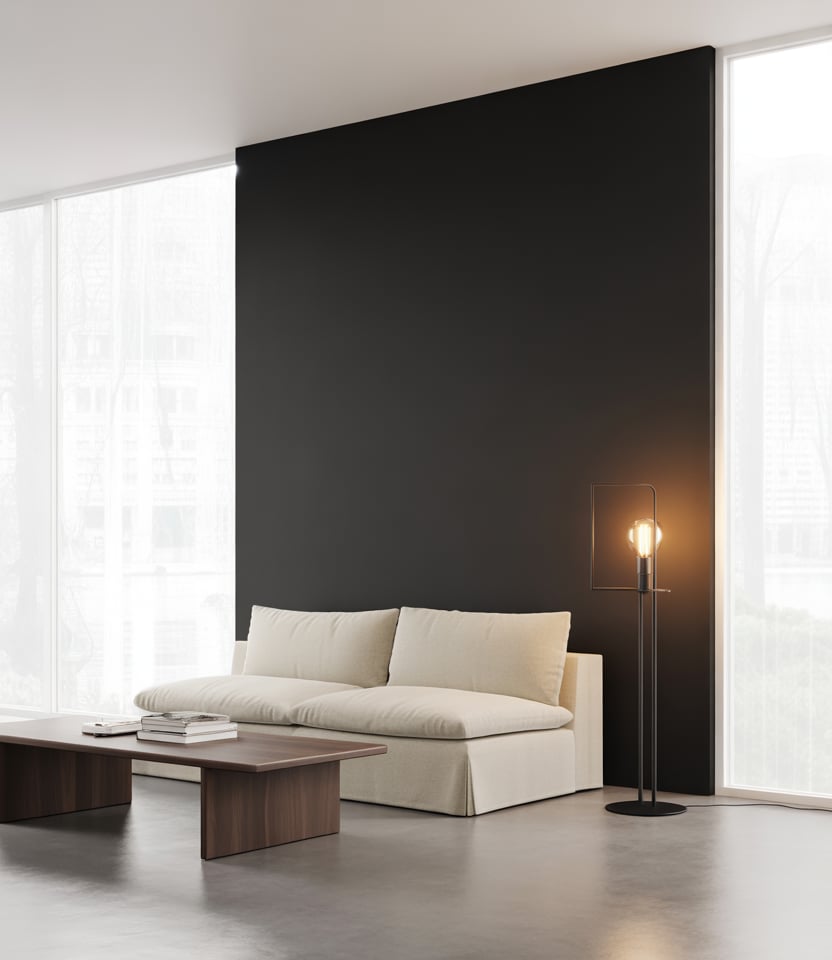
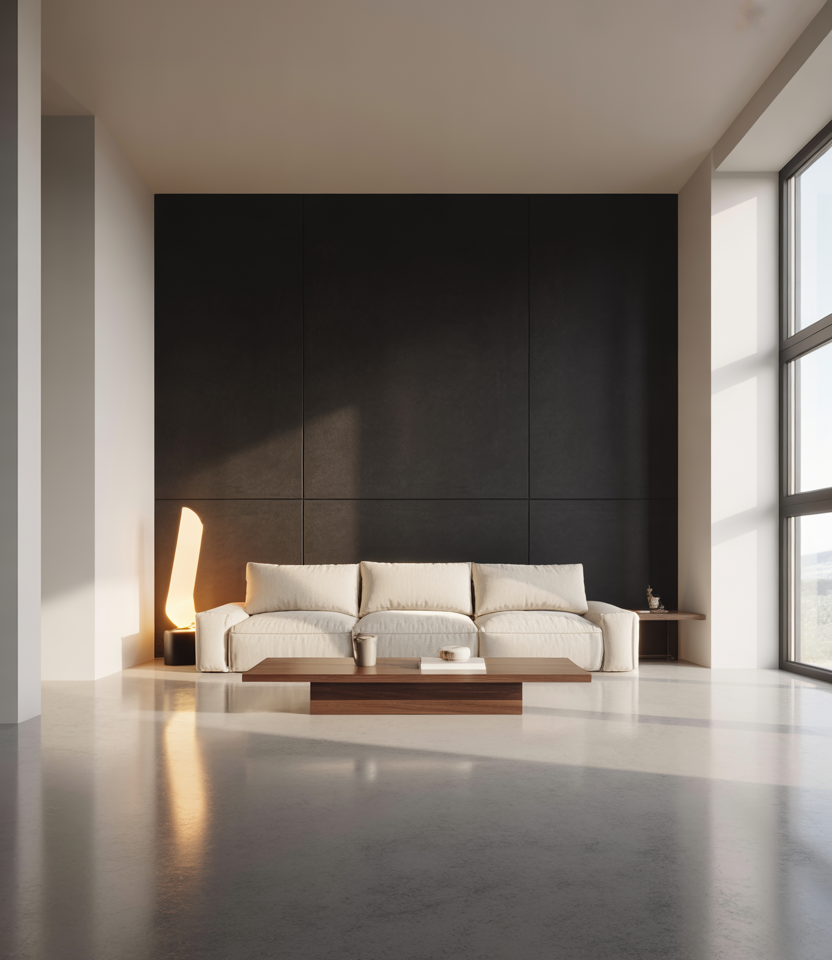
Soft Punctuations of Color
A minimalist interior need not be purely neutral—insert some soft-colored pops (muted coral, dusty blue, sage) into cushions or artwork. Let that color punctuate but never dominate. For the most part, in small apartments, this holds the entire space calm while injecting a bit of lived-in personality. Blending well with Contemporary minimalism as seen on design-blog aggregators such as Apartment Therapy.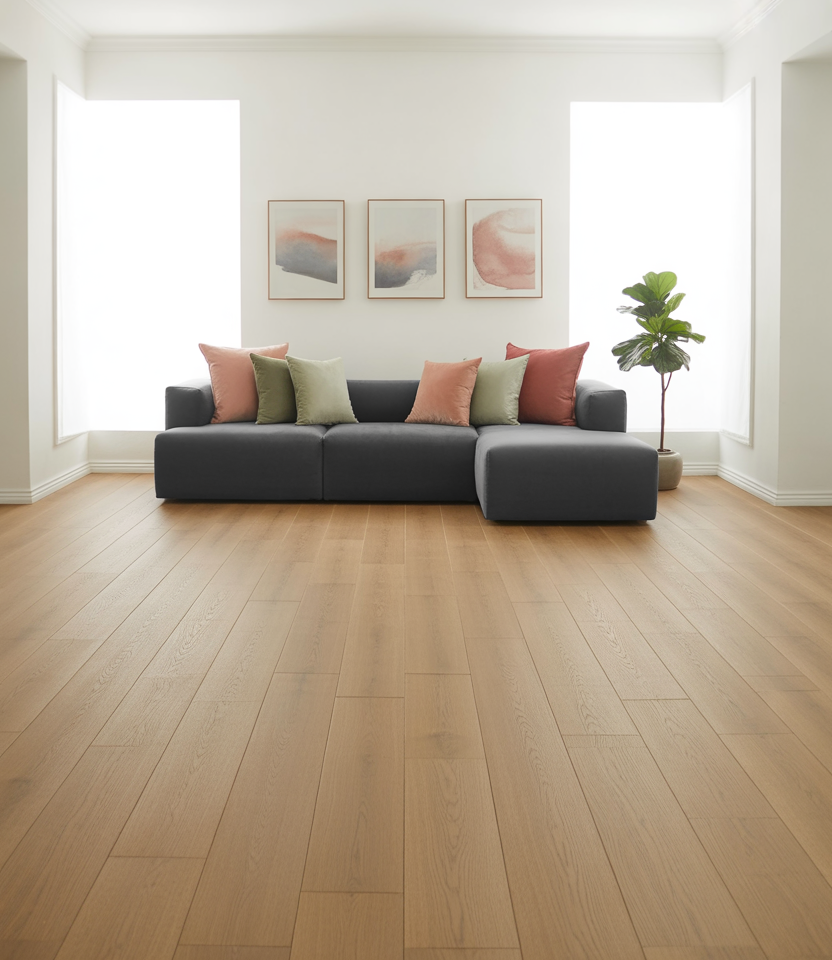

Mid-Century Minimal
Tie your Mid century elements with minimalist: sedate wood-framed lounge, tapered legs, and organic silhouettes; let the furniture speak sculpturally yet simply. Pair these with neutral or earthy palettes. This is the perfect look for apartments where one desires character minus fuss, with a nod from authors on topics that support this union, such as Mad Men era revivalists and Bright Bazaar.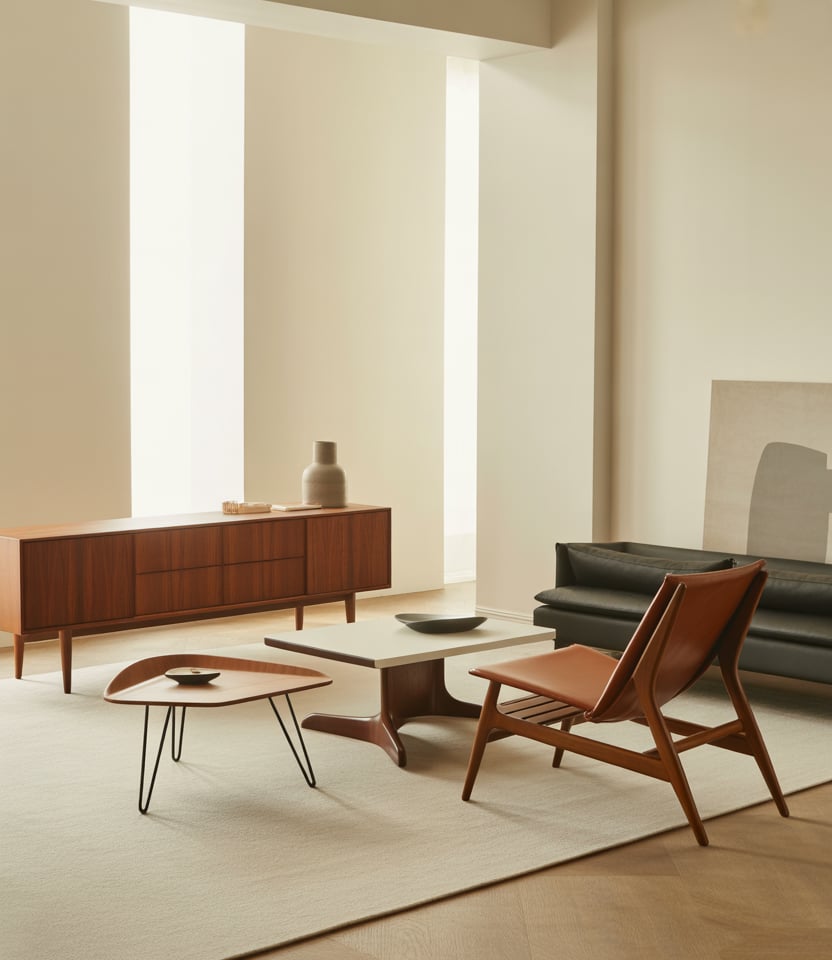
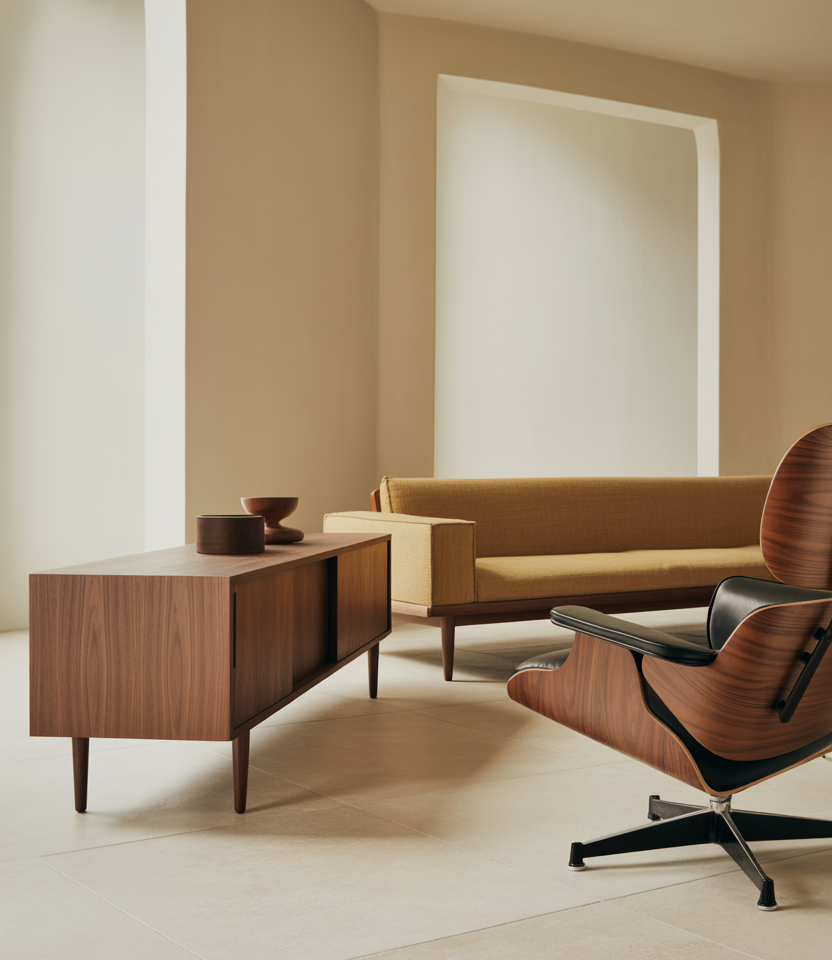
Japanese Minimal Zen
Go with the Japanese minimalism: low-profile furniture, tatami-style rugs, and subdued decor. Favor negative space and high-quality materials including bamboo, linen, and matte ceramics. This is especially great for tiny homes or minimalist apartments where every single item must earn its space.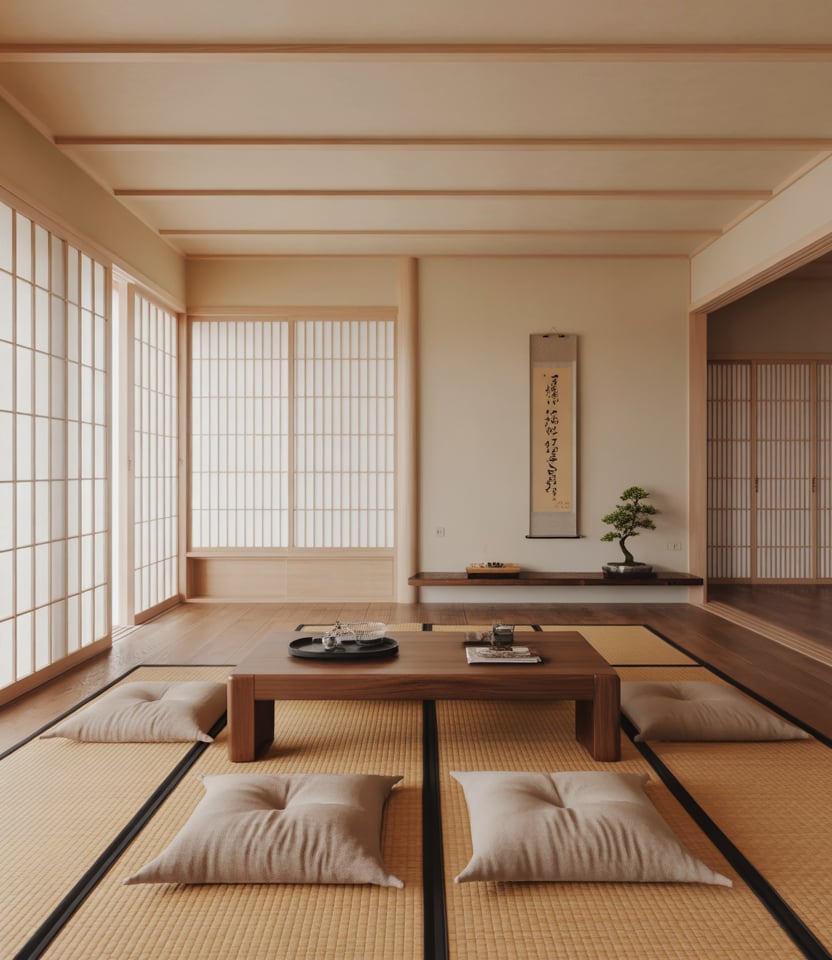

Scandinavian Light & Texture
Wrap yourself in the warmth of Scandinavian minimalism: bright, light-filled spaces, soft textures, and clean lines. Layer wool throws, sheepskin rugs, and linen cushions over minimalist frames, keeping a neutral palette with a smattering of muted soft pastels. Perfect for urban apartments with less-than-abundant square footage.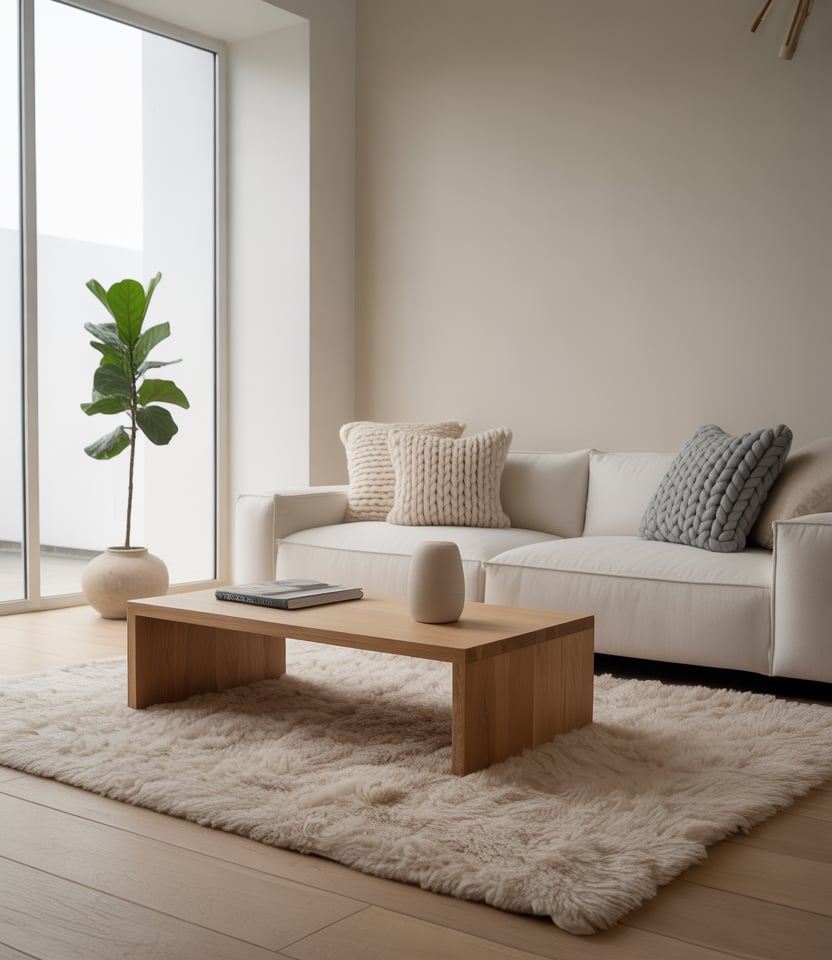
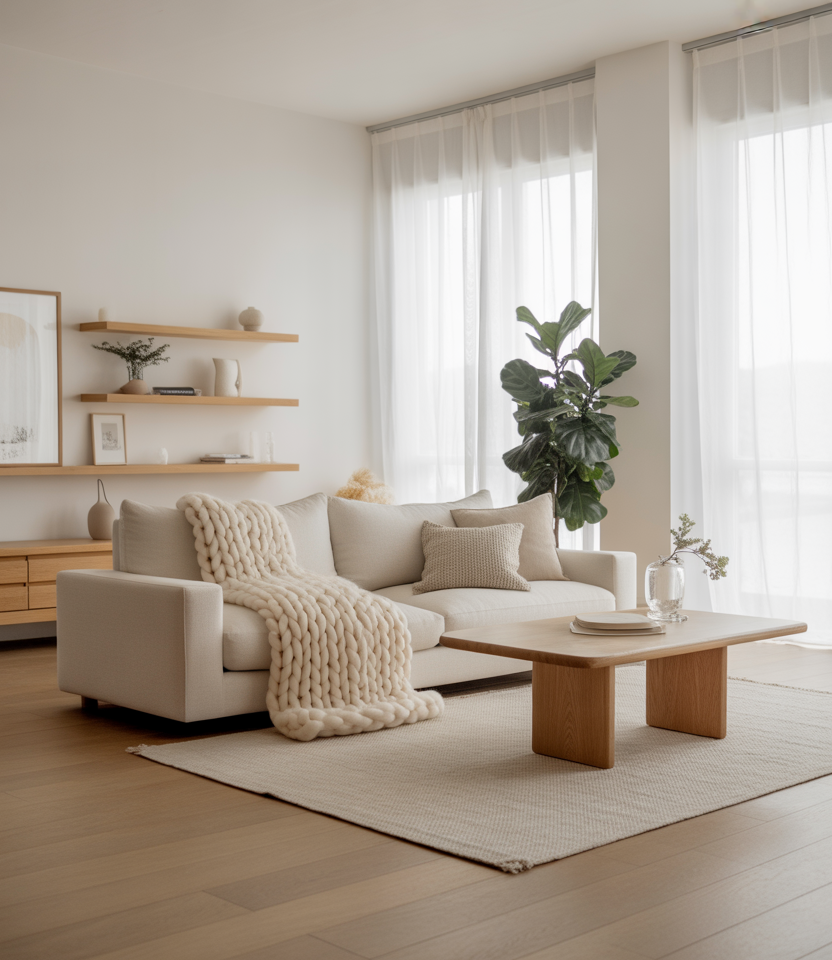
Open Floor Plan with Dining Harmony
Bestow a seamless integration from your dining area to your minimalist living room using furniture sharing the same material or tone. Go along with slim dining tables and minimalist chairs that bounce off your living furniture; let the zones breathe comfortably with neutrals and unified decor. This way of multipurpose offers a life-saver trick in tiny homes or are small on storage!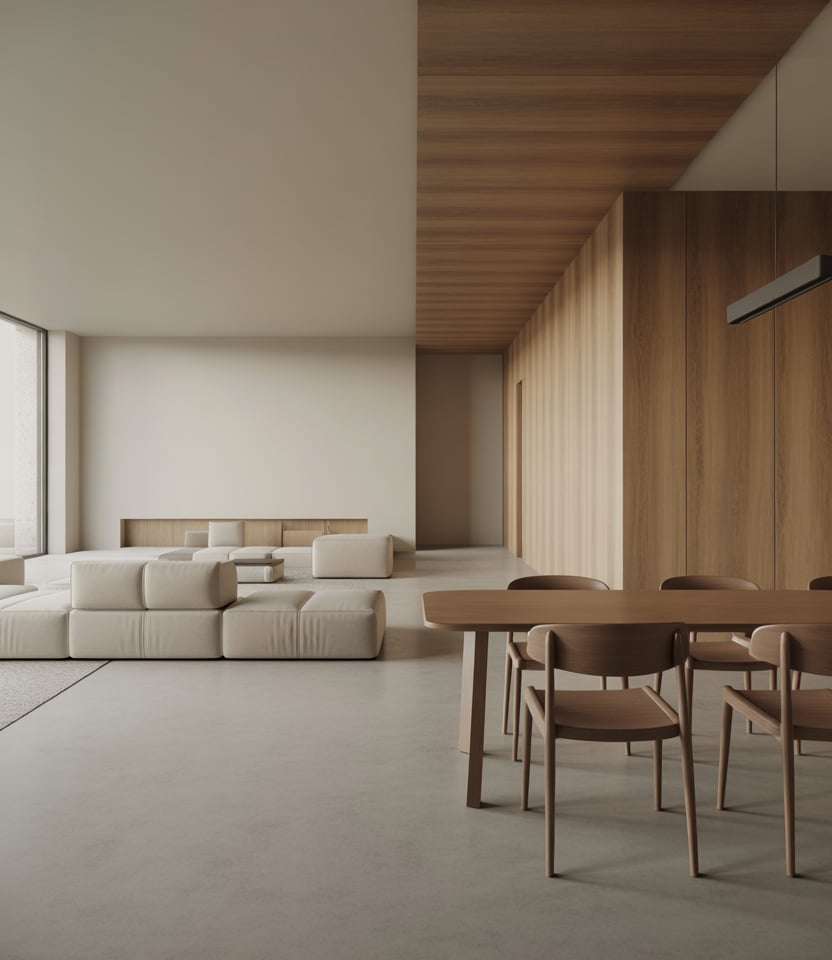
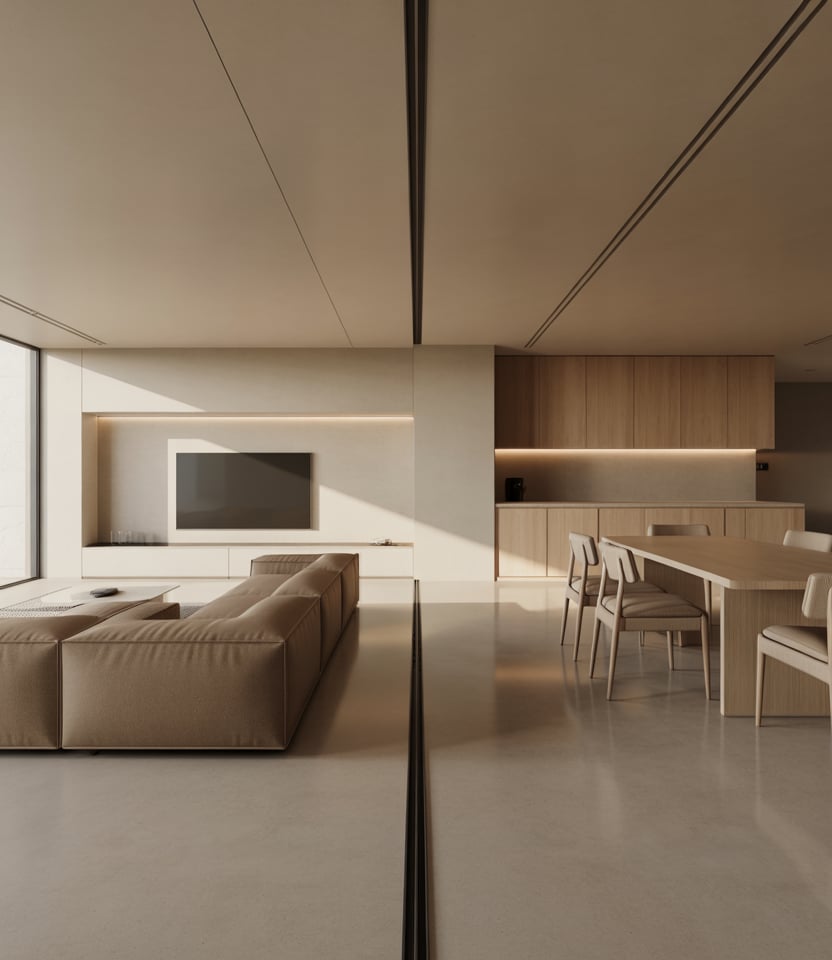
Floating Furnishings
Float your storage, shelves, and sideboards just an inch or two from underneath that gives an airy view to the room. This visual expansion works nourishingly with the conception of Space expansion, which is the principal thing in small composition. Keep hardware understated and have hidden supports to keep the clean lines of the Modern minimalism.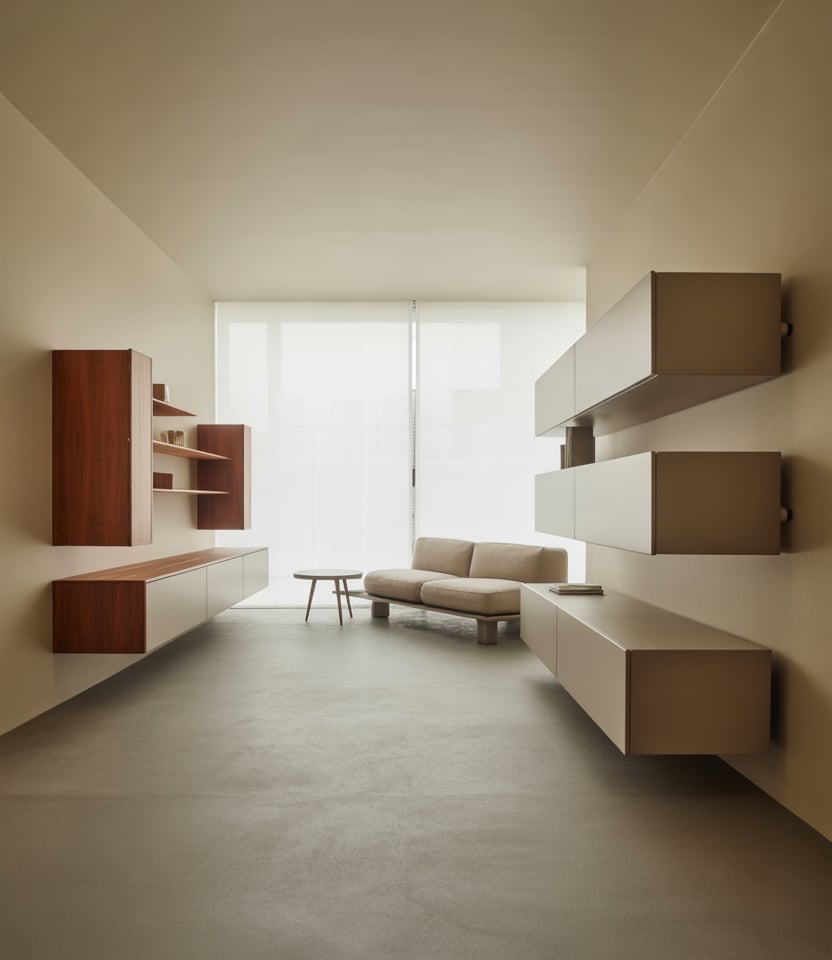
Textural Contrast
Even in a limited palette, explore texture-matte plaster walls, boucle upholstery, raw concrete, woven baskets-to create depth without clutter. The end result is a comfortable sensory experience interfered with by no visual distractions. This notion goes hand-in-hand with the present-day trends developing in extremities.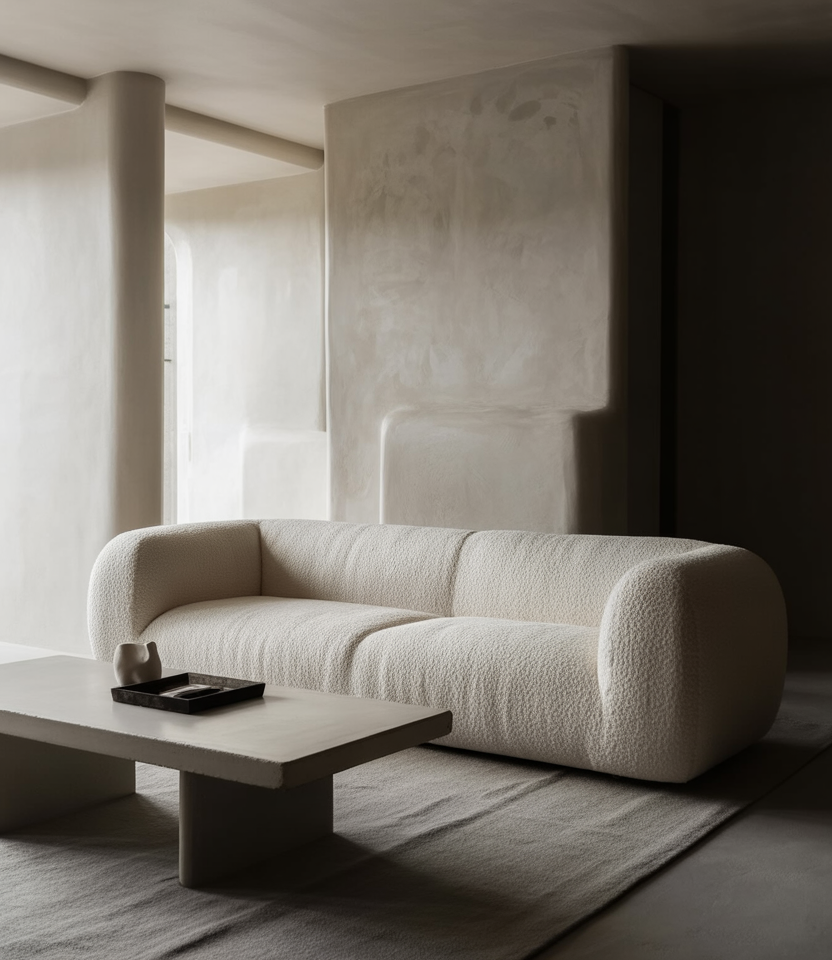
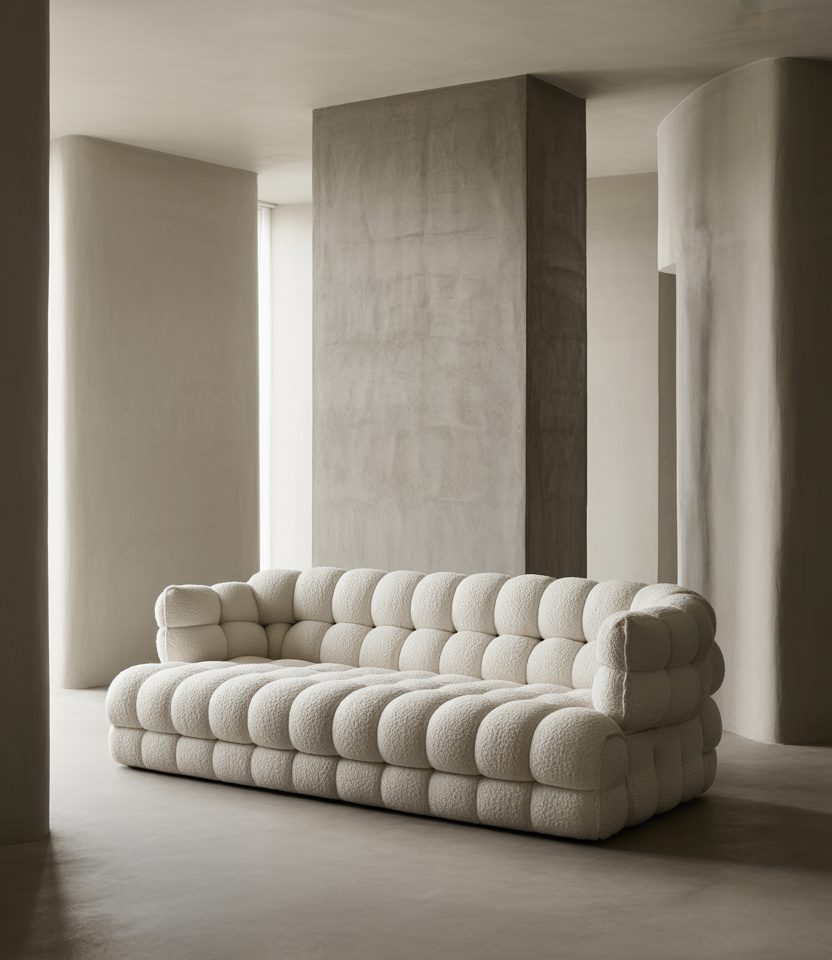
Sculptural Statement Piece
In layman terms. In a minimalist setting, one single sculptural furniture or lighting (statement chair or pendant) will stand out too much. With everything else reduced to a bare minimum, this one piece becomes almost a focal point. It could be anything: Modern, Boho, or Contemporary as long as it keeps its simplicity. This is a working concept for both large and small living rooms.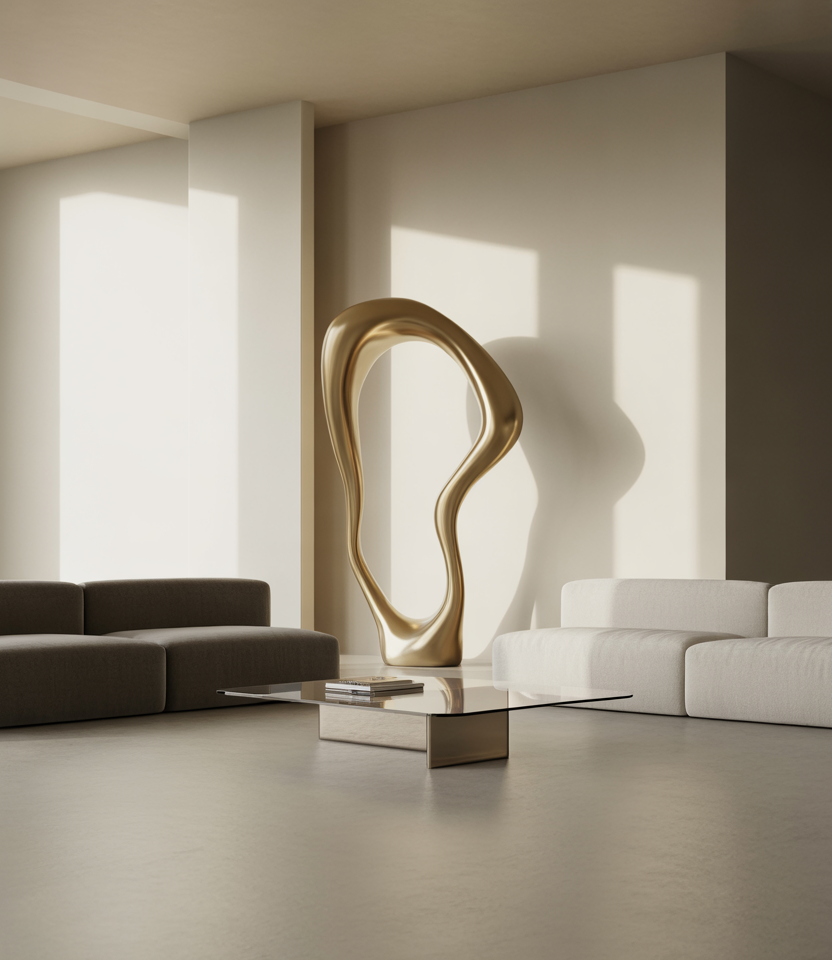
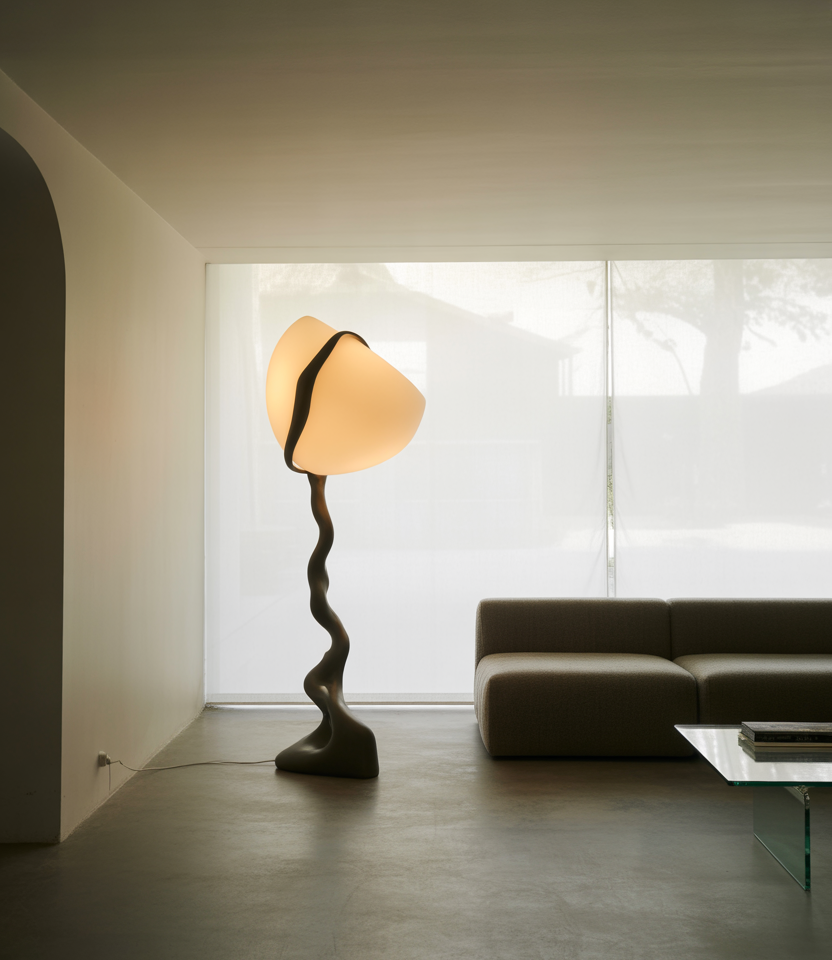
Hidden Storage Solutions
Must stay clutter-free in minimalist rooms. Install hidden storage; benches with lift-up tops, built-in cabinets behind panels, and storage under sofas. Quite necessary in tiny homes and small apartments to maintain minimalist form. For inspiration, check the new innovations from IKEA or Muji.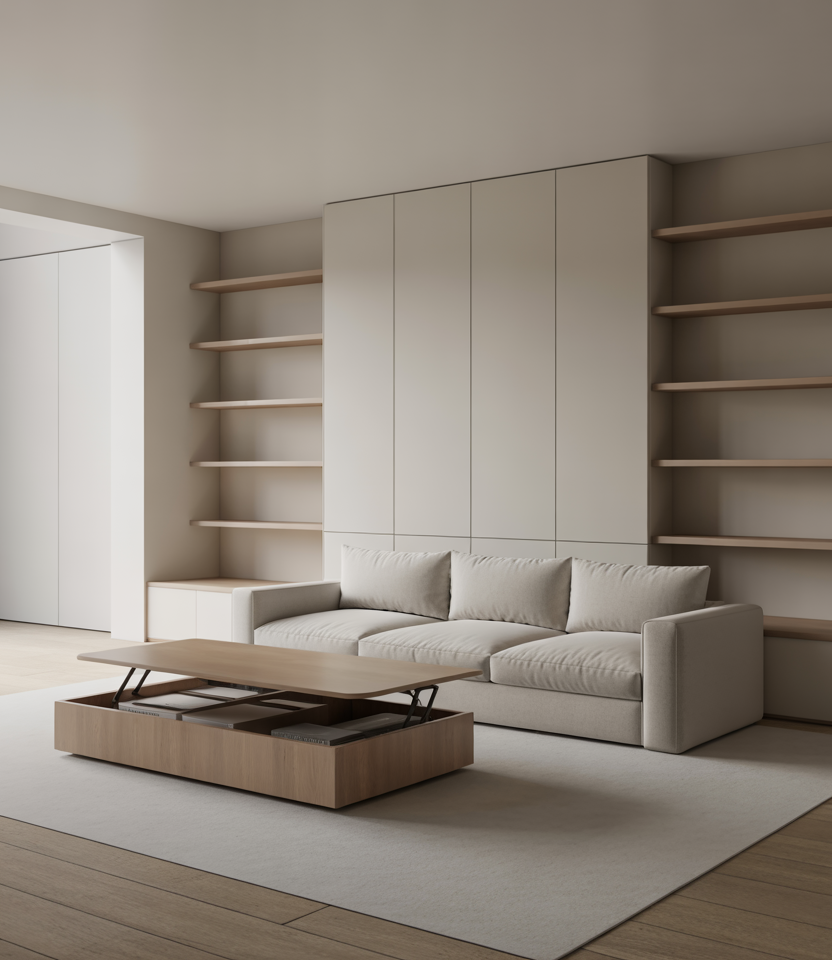
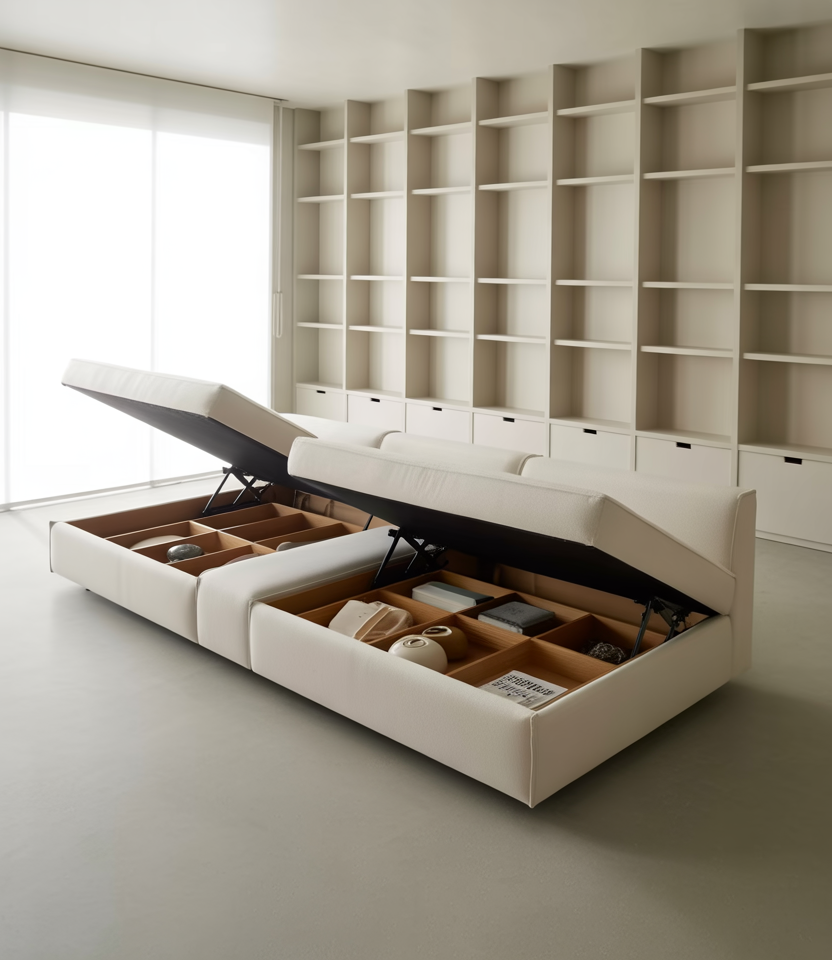
Modular & Flexible Furniture
Choose modular pieces that can be fitted to one another—modular sofas, ottoman clusters, stackable tables. This flexibility will come in handy when layouts change, particularly with merging living and dining area functions. Minimalism in 2026 prefers the adaptability of living.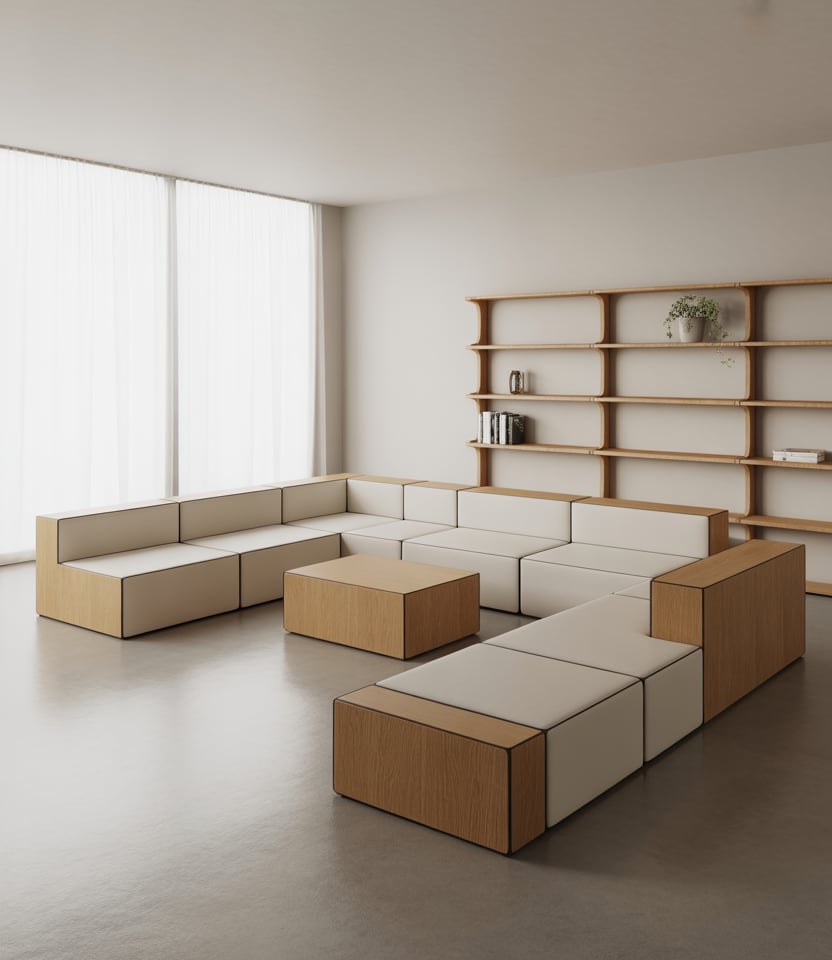
Black Accents & Graphic Lines
Incorporate clear-cut lines of black-due to frame, legs, and trims-contrasting with a neutral or light backdrop. The contrast lends a modern, almost architectural clarity. Use it sparingly to avoid creating heaviness, especially in small spaces. Designers like John Pawson use this technique elegantly.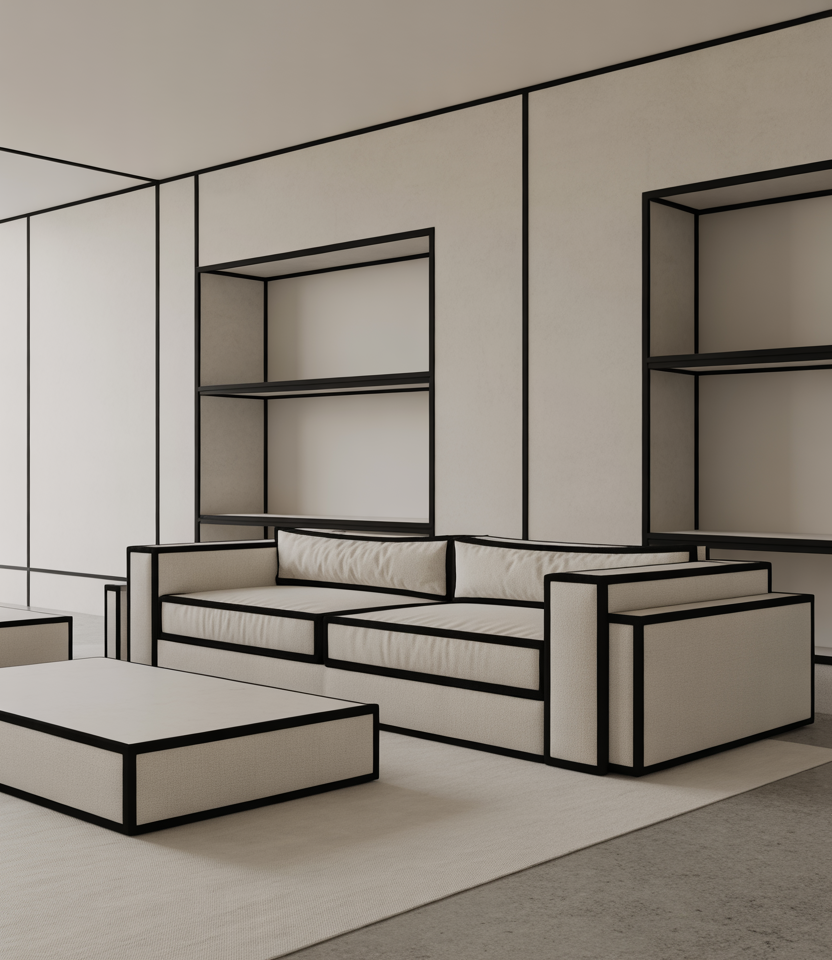
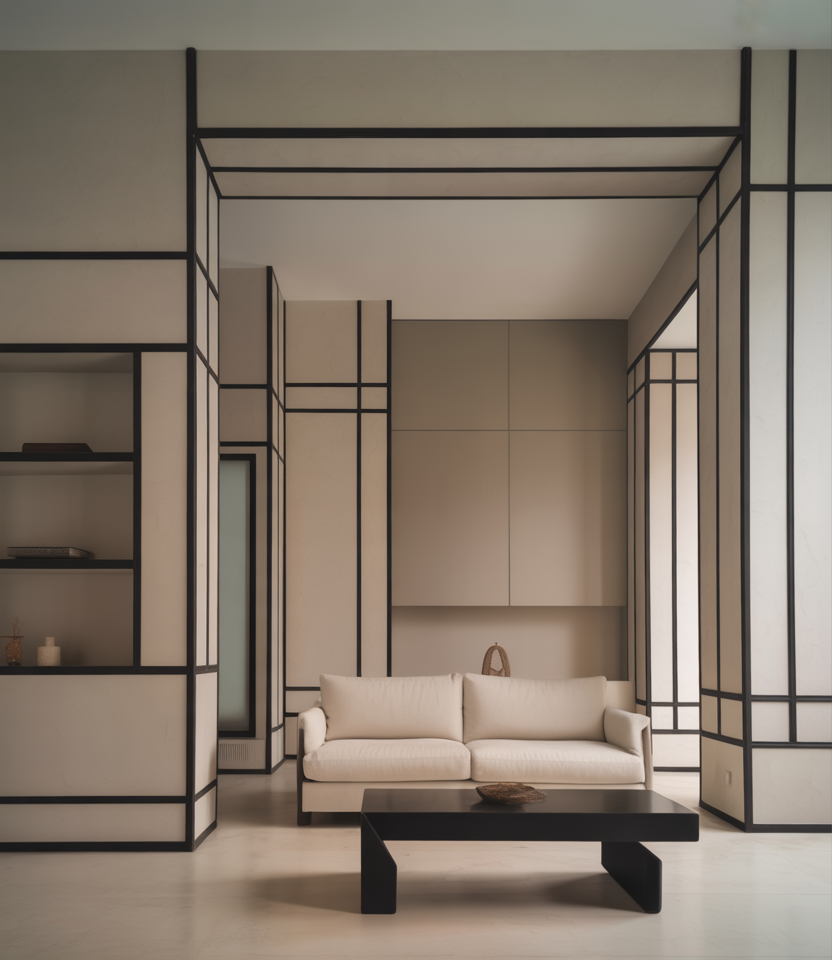
Subdued Biophilia
Bring nature softly into minimalism: a single sculptural potted plant or stem in a vase. Avoid overfilling with greenery. The balance of one organic shape against clean lines delivers calm. This idea meshes with earthy, Cozy, or Bohemian touches in an otherwise minimal space.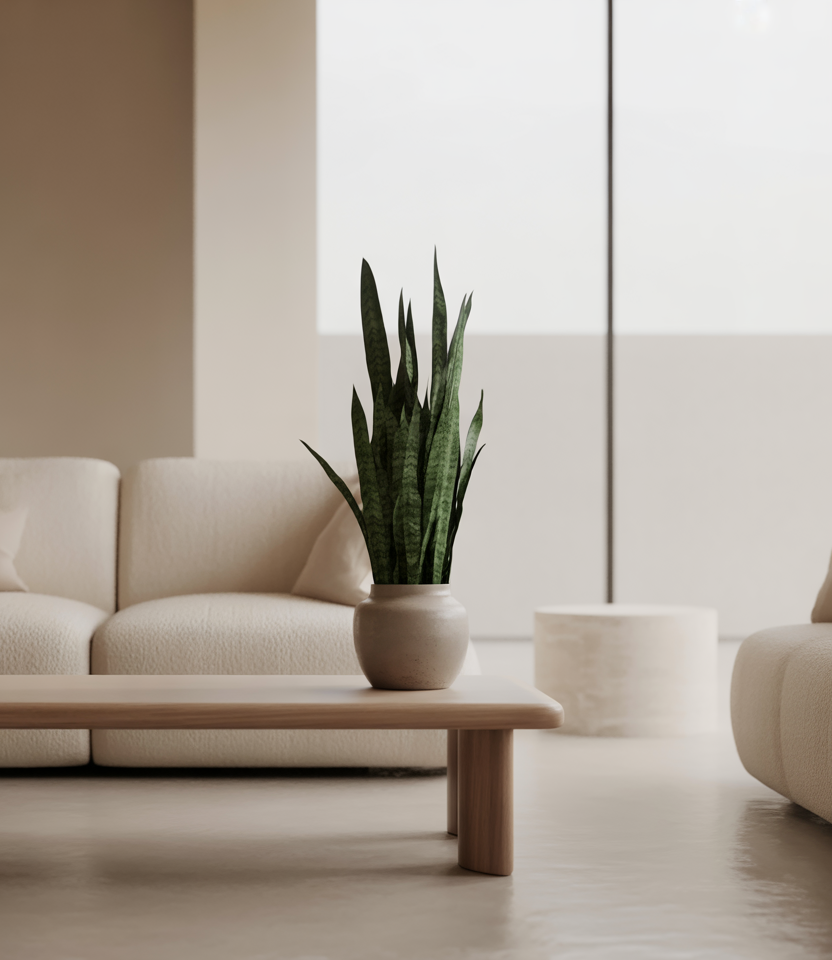
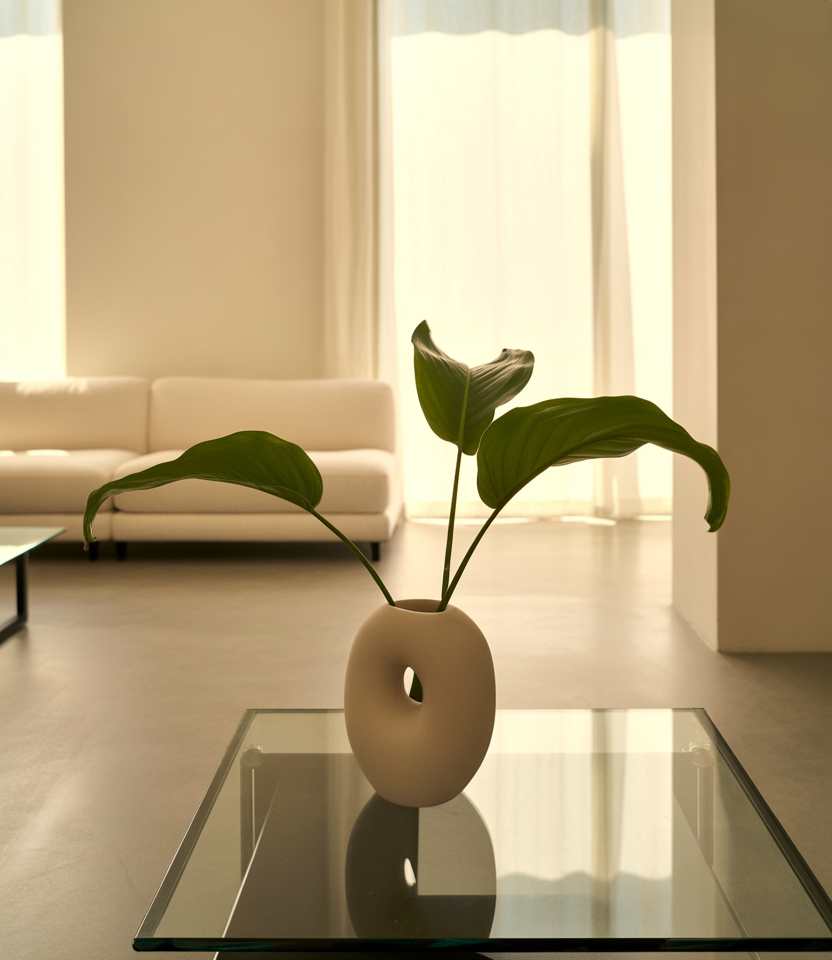
Warm Metallic Highlights
Use subtle metallics-brushed brass, satin bronze, muted gold-for small accents such as legs, frames, or lamp details. According to these gain elegance without over-decoration and favor neutral or earthy schemes while keeping the minimalist spirit intact.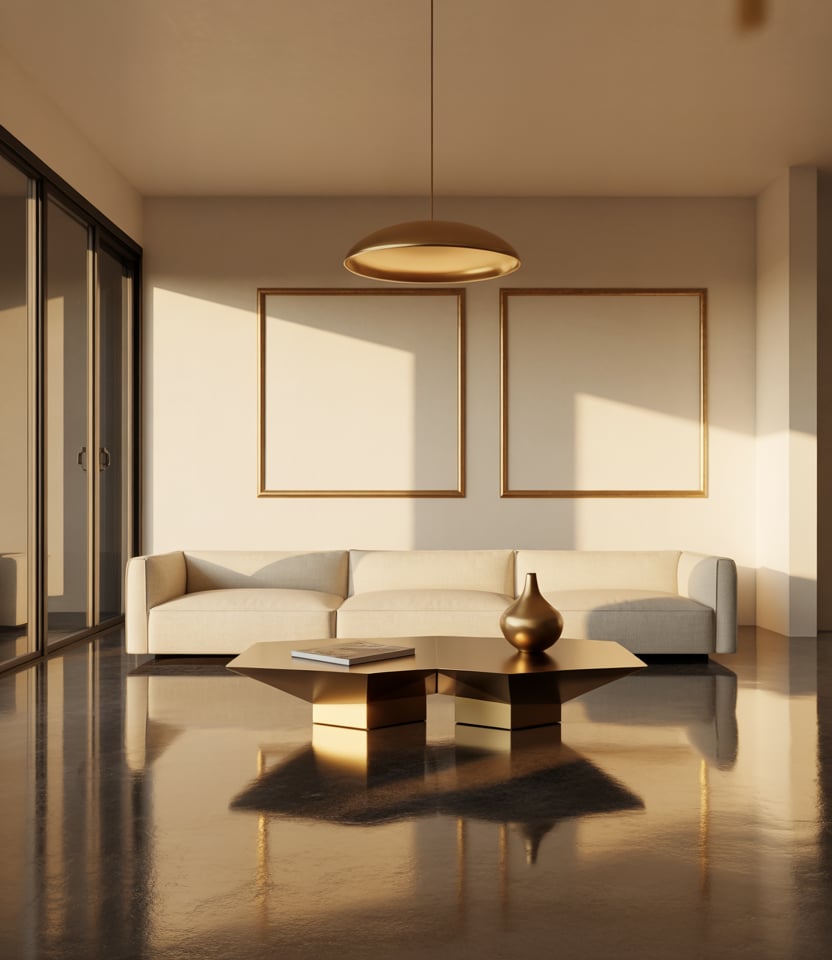
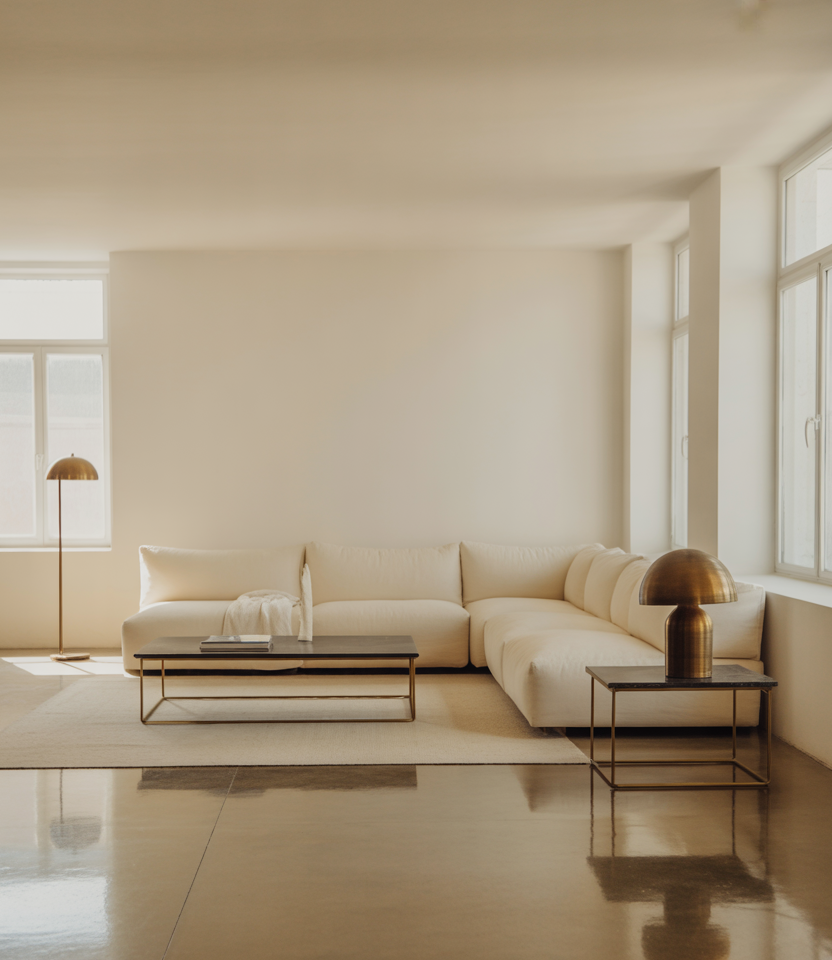
Monolithic Furniture Blocks
For a bigger block-piece instead of many tiny bits-go for one large bench, one slablike coffee table. This avoids visual fragmentation. Especially in tiny homes or small apartments, fewer bigger pieces seriously glitter on minimalist.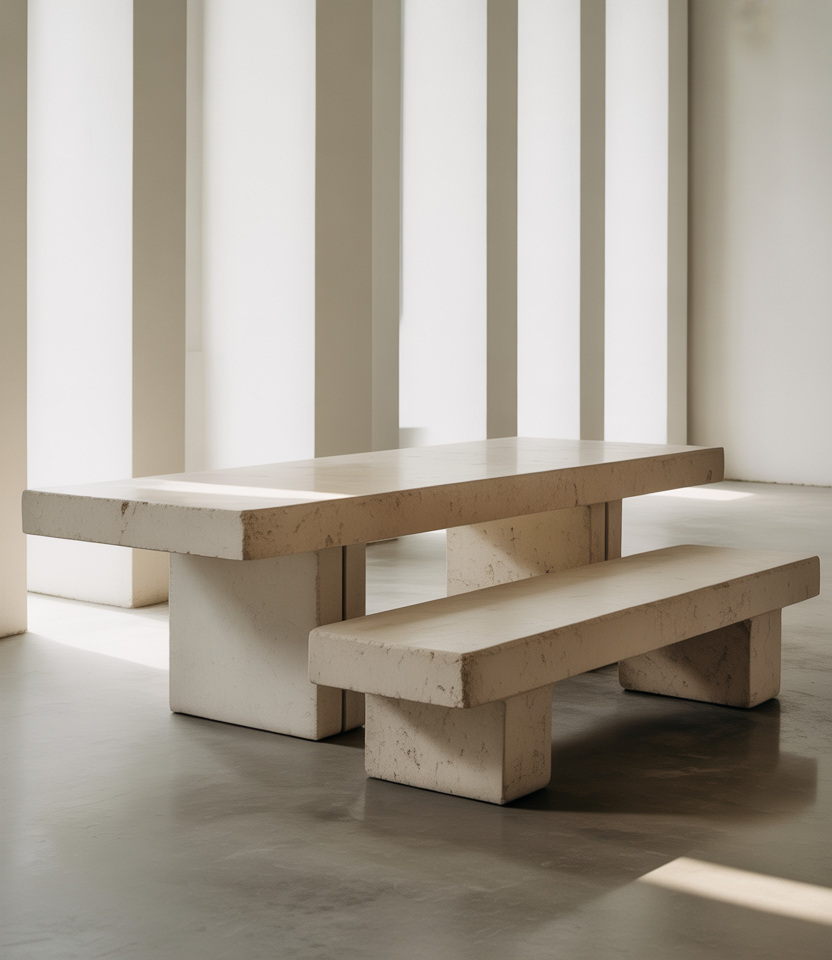
Understated Artistry
Select one or two understated art pieces-Line drawing, monochrome canvases, textured minimal pieces. They provide personality without crowding. Let negative space around them reinforce calm. This is especially true in Contemporary minimal contexts.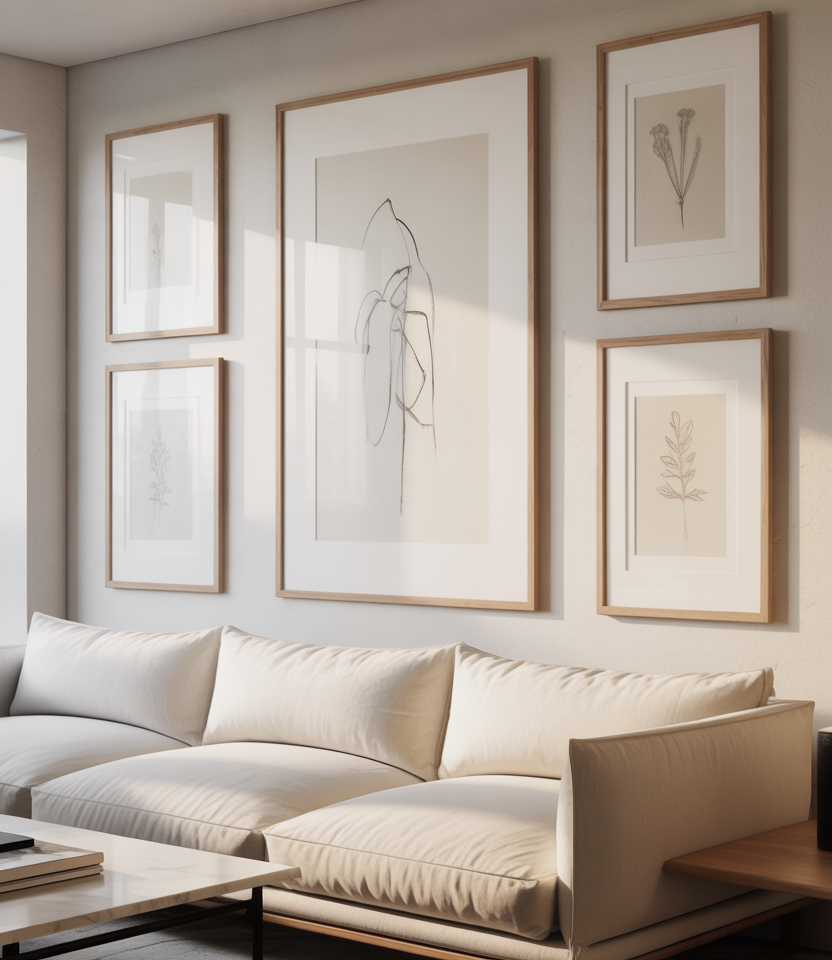
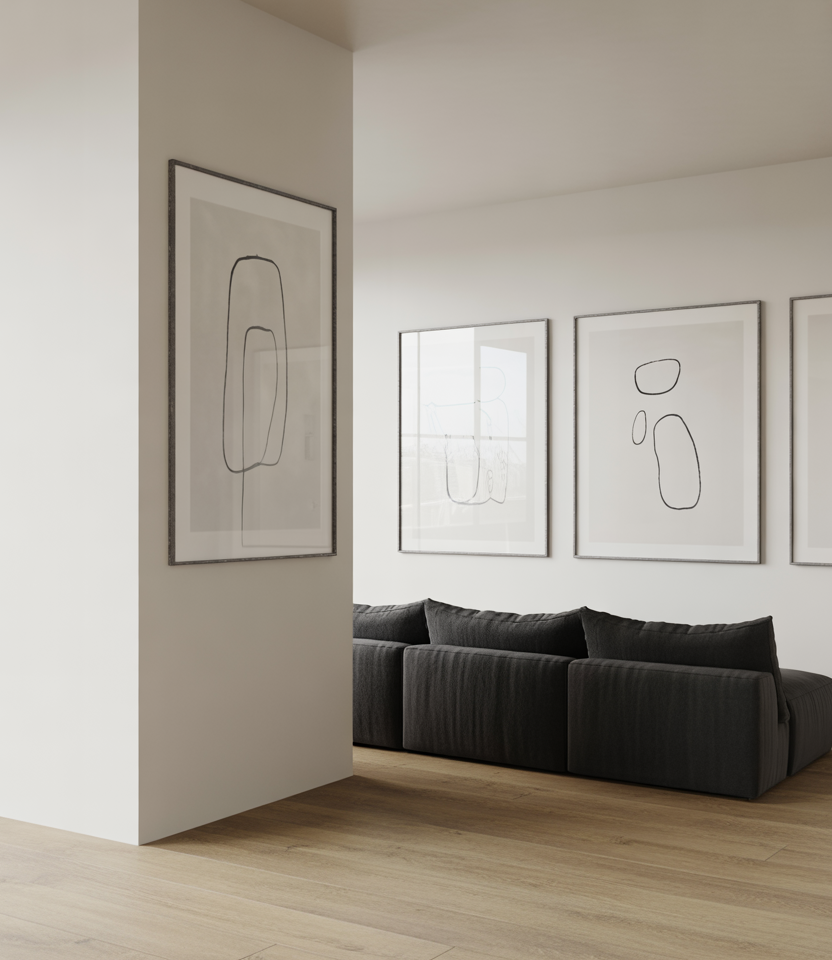
Invisible Technology
Conceal electronics-wire management, hidden speakers, retractable screens-so tech doesn’t clutter the aesthetic. In 2026, expect more seamless integration: TVs that disappear, controls embedded in surfaces. Perfect for small or multifunctional living rooms.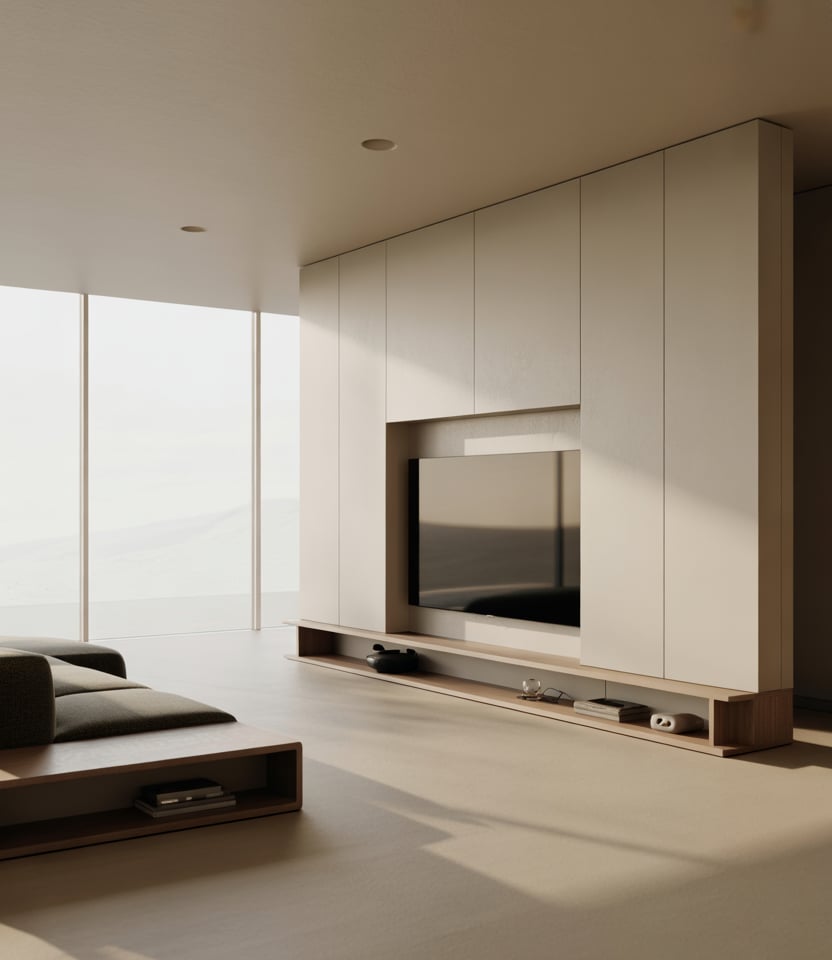
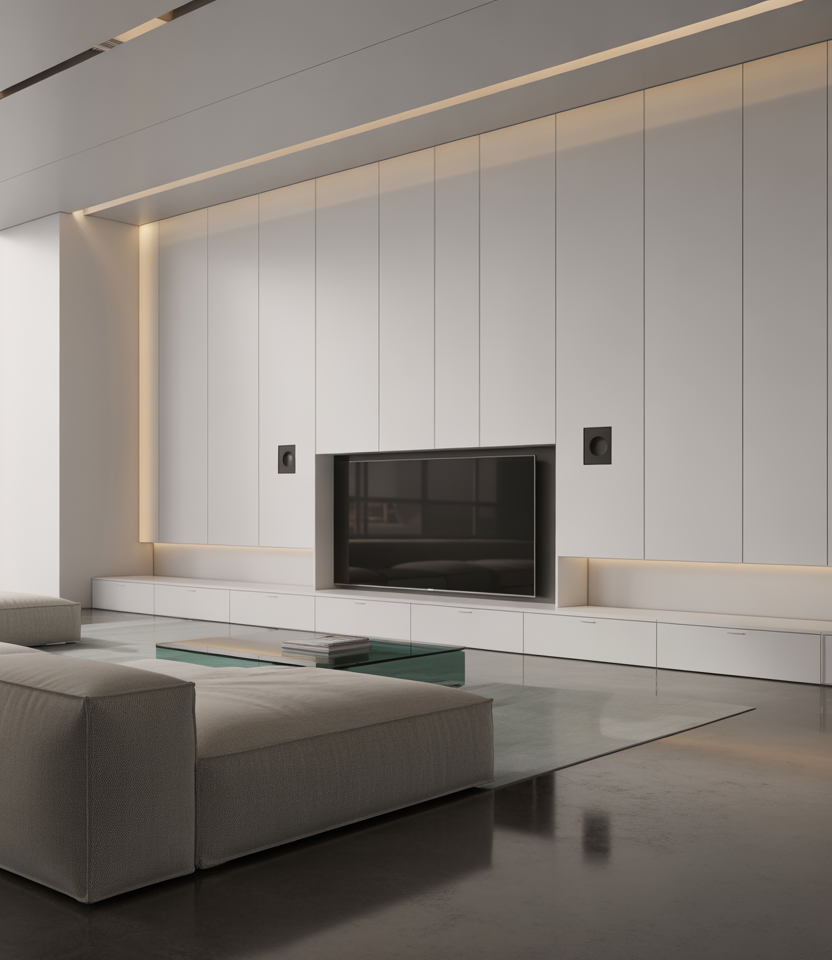
Accent with Warm Lighting
Minimalistic doesn’t mean cold-lay in soft warm lighting using floor lamps, LED strips, and wall washers. Avoid harsh overhead glare; create ambience. This keeps the cozy feel of a minimalist interior.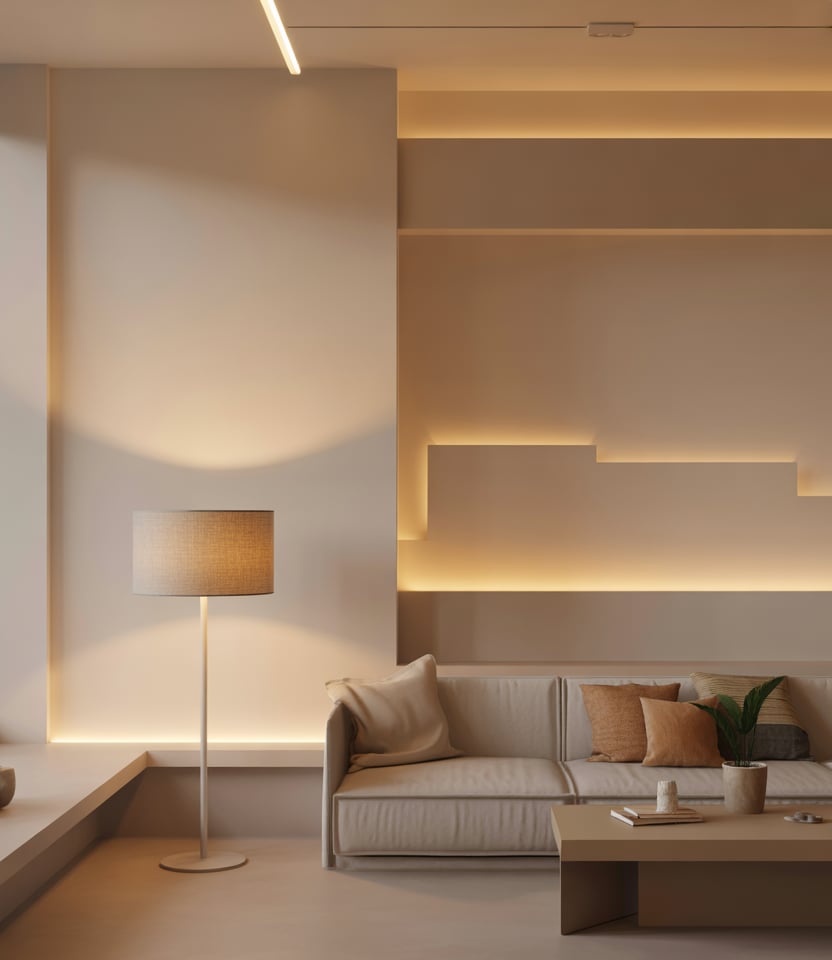
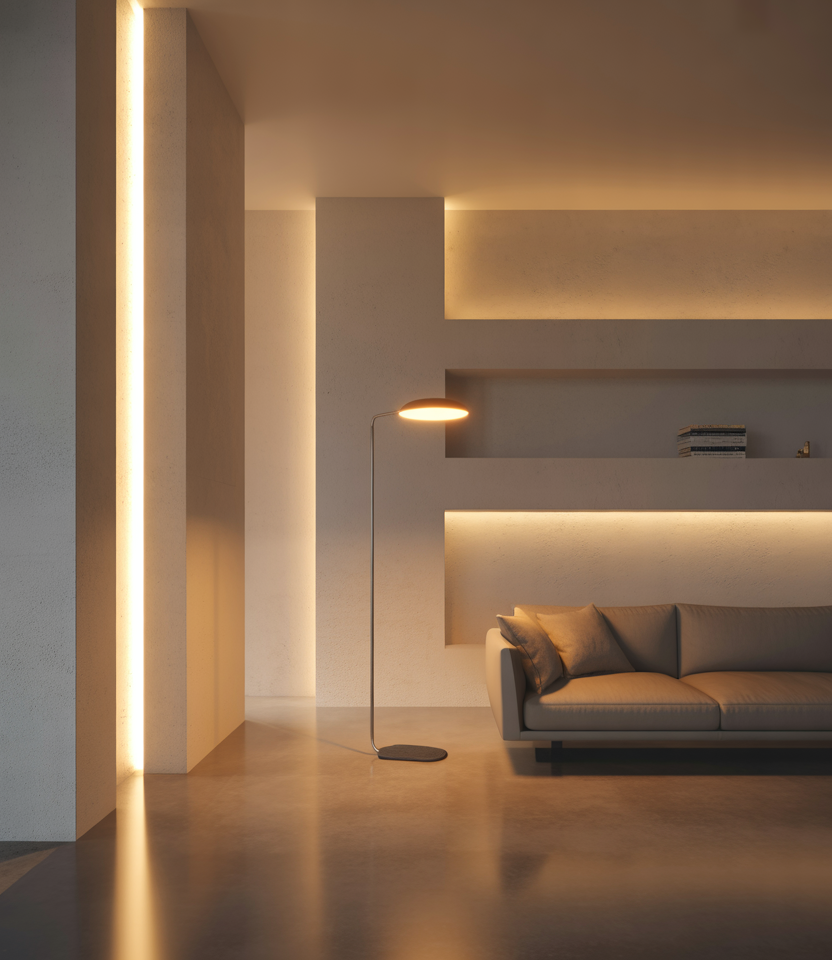
Boho Minimal Fusion
Inject Boho bits of woven texture, macramé, rattan chairs into a strict minimal structure. Use lightly-lathering to retain clean space. This hybrid paves the way for a Boho-minimal aesthetic, an up-and-coming style forecast for 2026.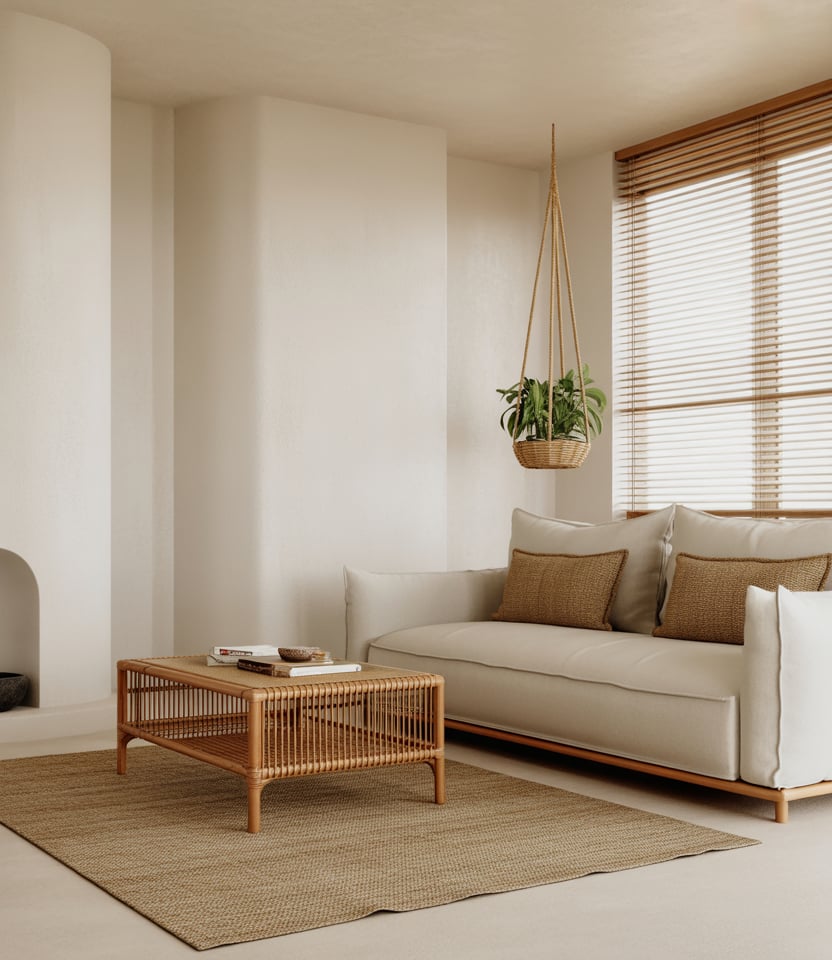
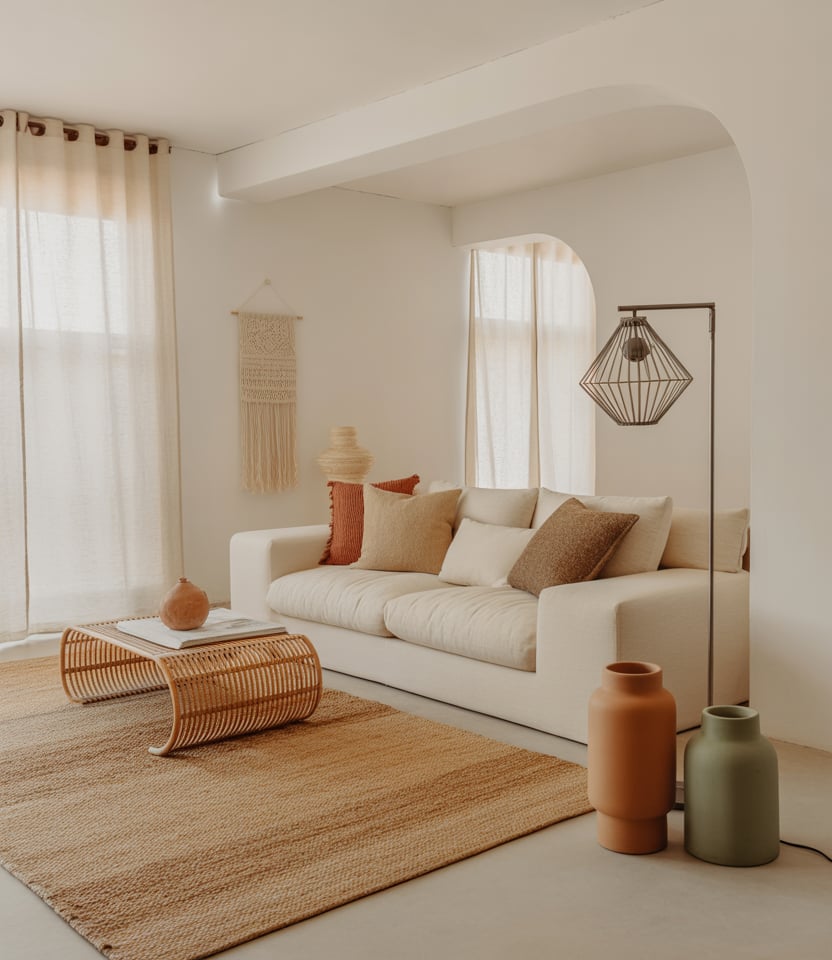
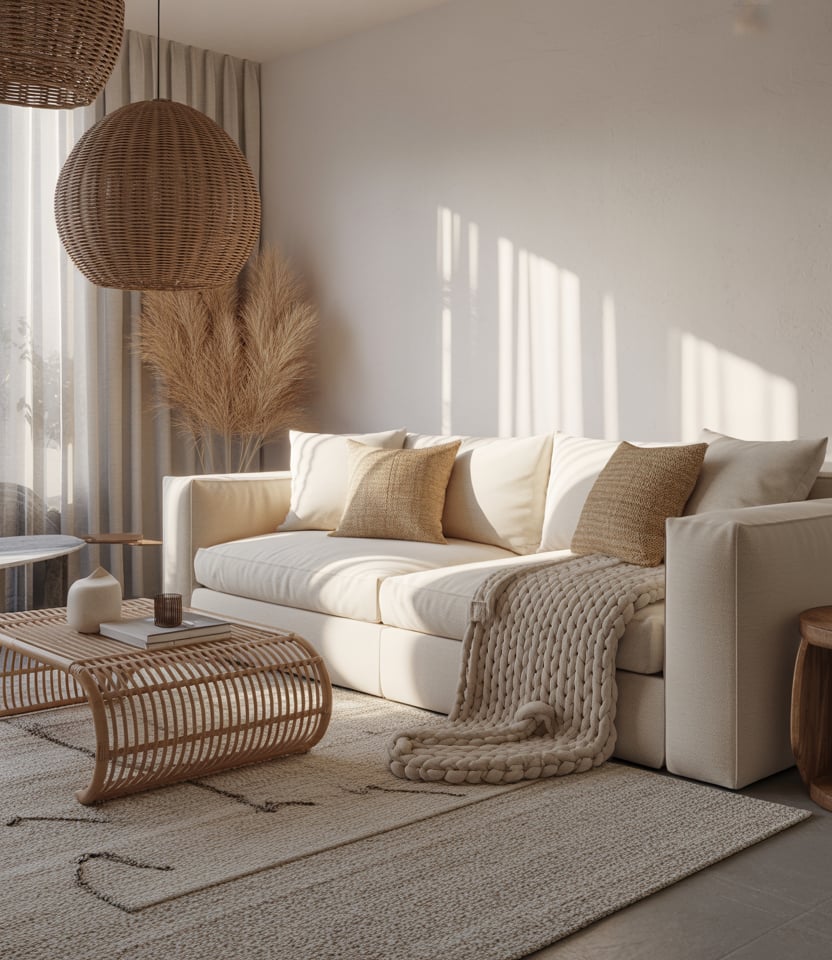
Soft Curves in Form
Offset rigid minimalism with a few soft curves from rounded armchairs, curved sofas, and arches. These shapes feel organic without clutter. The contrast of curved shapes to clean space gives an inviting feeling with a little edge of modernity.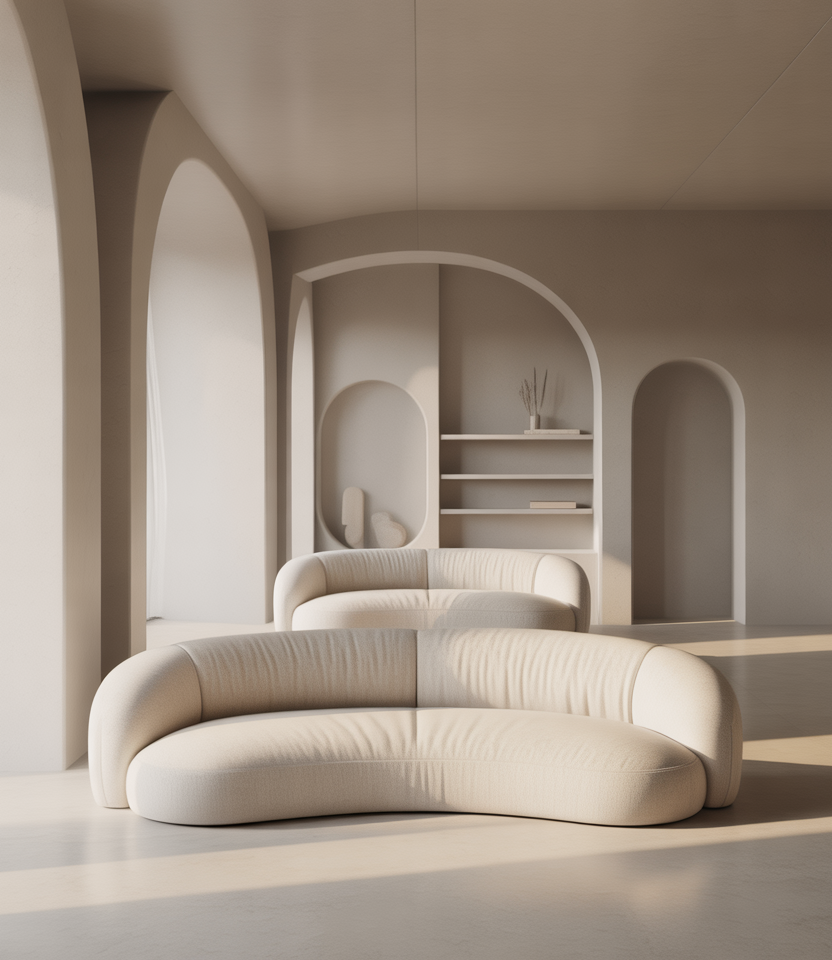
Dual-Use Pieces
Furnishing must multitask in tight layouts-an ottoman used as a table, a sideboard as a desk, or a bench that also stores. Dual-use pieces uphold minimalism in more ways than one in small or tiny homes.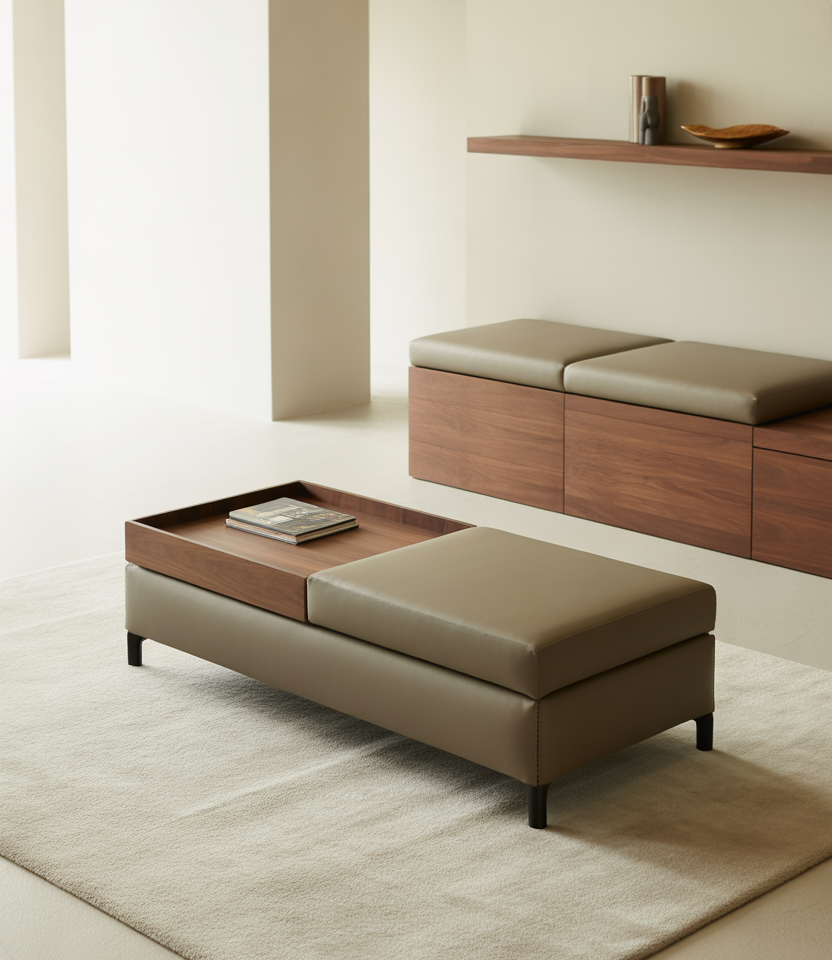
Monotone Layering
Stack layers of nearly identical hue values-multiple shades of grey or beige-so the room feels subtle but rich. This monotone layering is ideal for neutral minimalist interiors; works especially in apartments with limited light.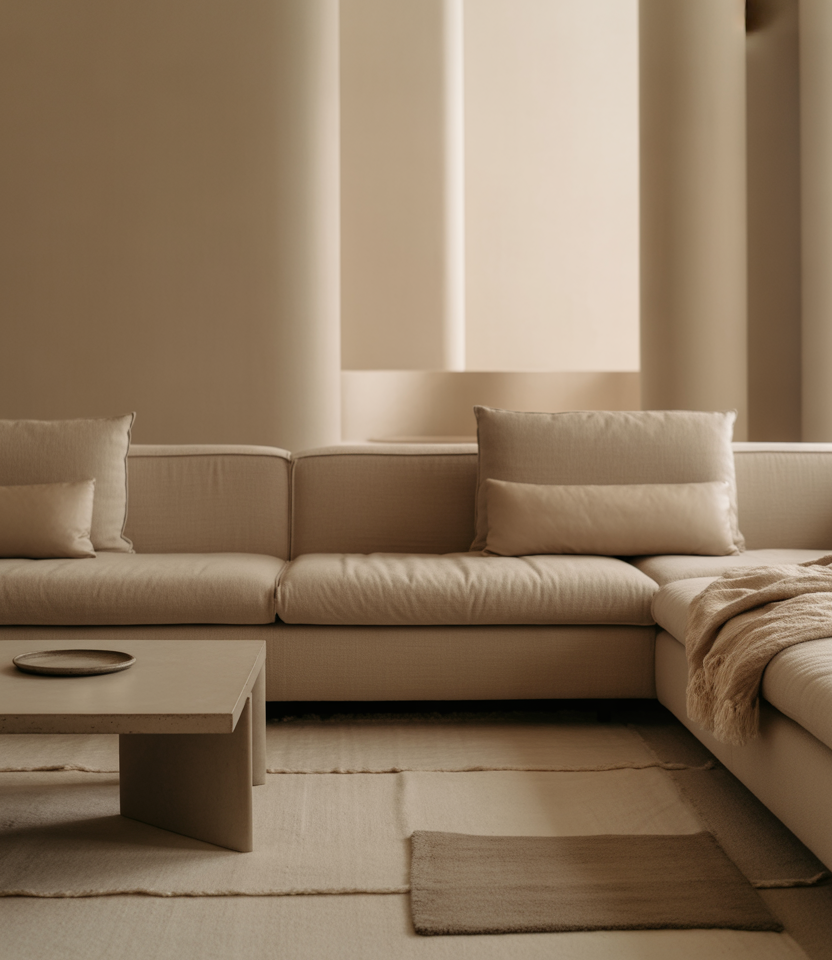
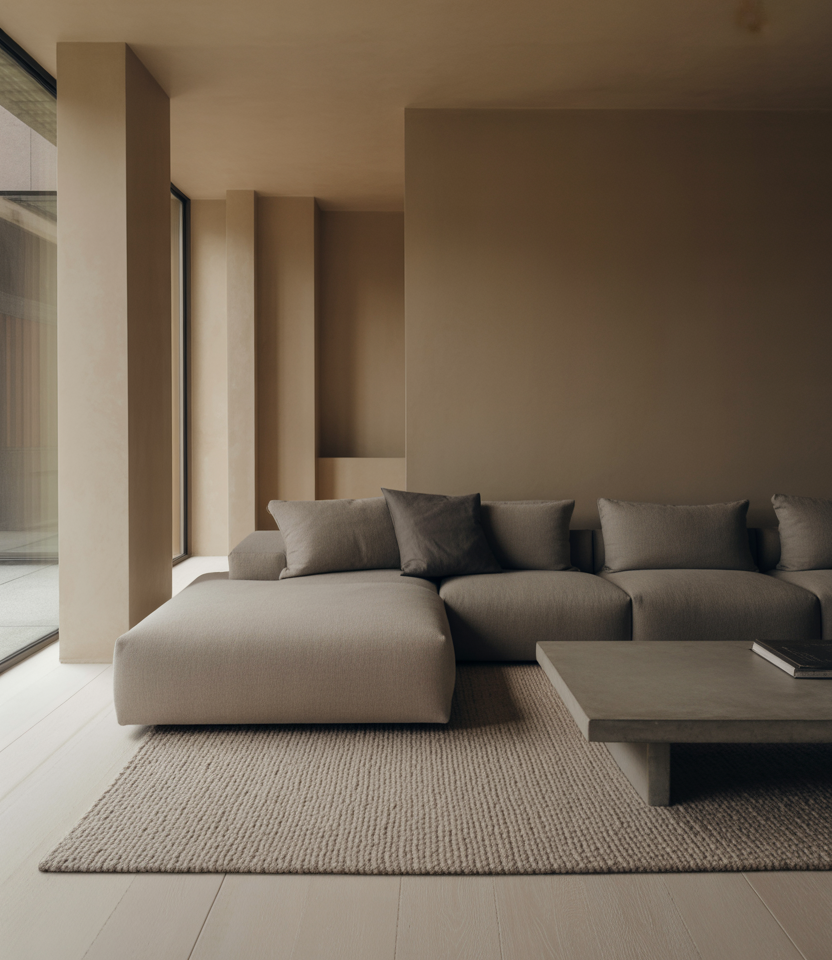
Quiet Contrast Zones
Subtly define areas within the room-floor finishes for the contrasts or rugs for a reading nook or media wall-while keeping the same neutral color palette. This makes the minimalist code functionally coherent.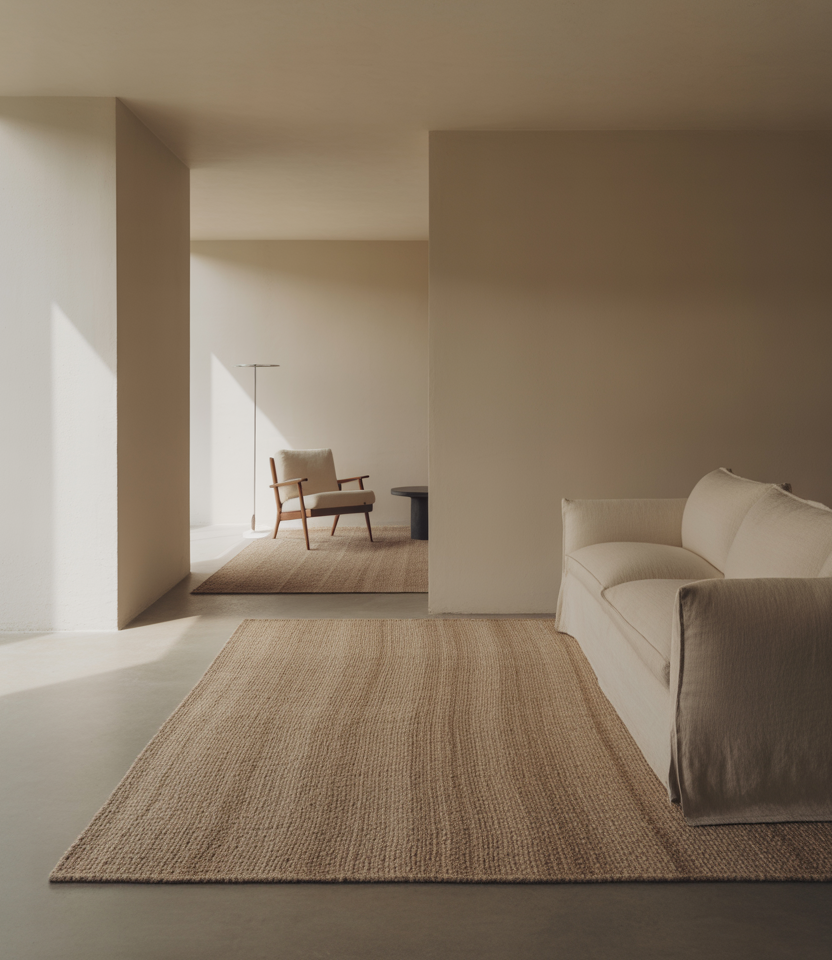
Minimalism in the living room is no longer just a trend; it has become a lifestyle choice. Design ideas for apartment decor in 2026 reflect the reality of small spaces and even tiny homes, where the living area often merges indistinguishably with a dining area. Minimalist in spirit will teach us to value quality and not quantity, to seek out furniture decor ideas selectively, and find true inspiration in simplicity. Whether you are grey, Modern, Cozy, Boho, Earthy Neutral, Dark, Colorful, Moody, Mid-cent, Contemporary, or Japanese Bohemian, every style will chime with your rhythm of living. Feel free to fuel the discussion on the comments about which aesthetic speaks to you the most-and what you would add to the list. Your perception will be the seed to new decor inspiration for others!

